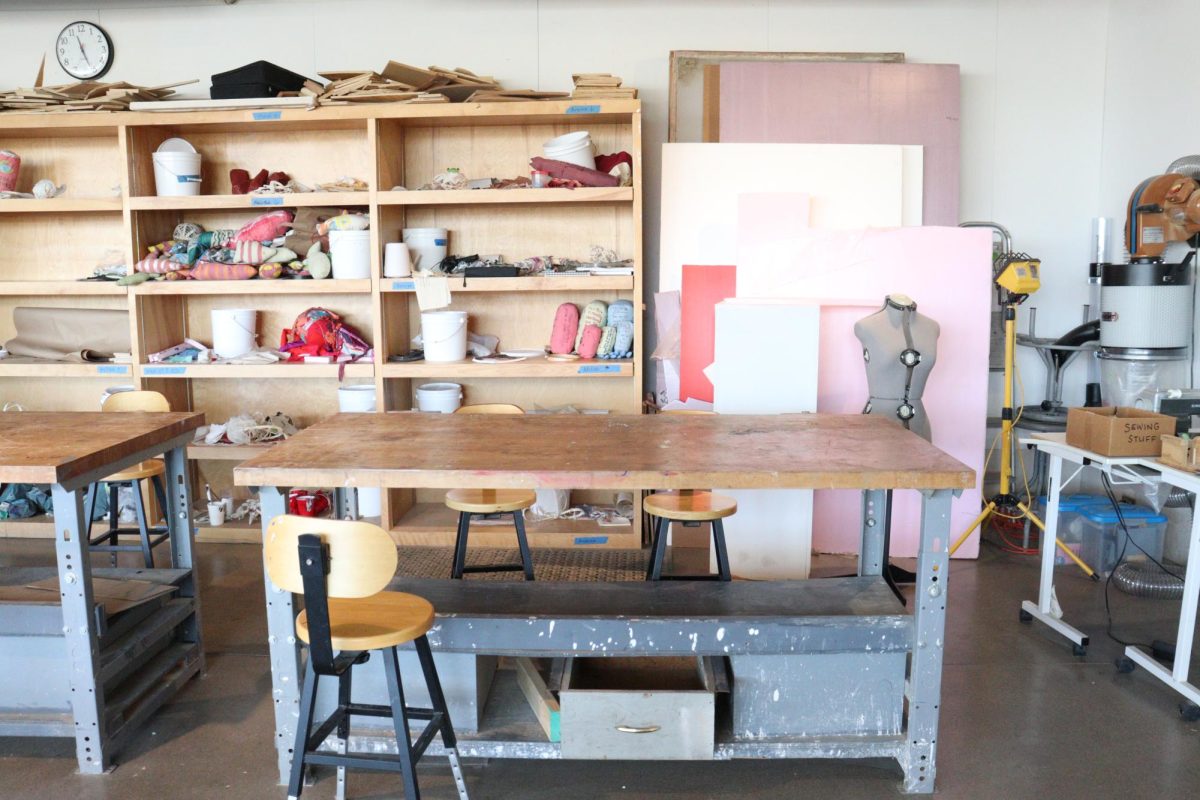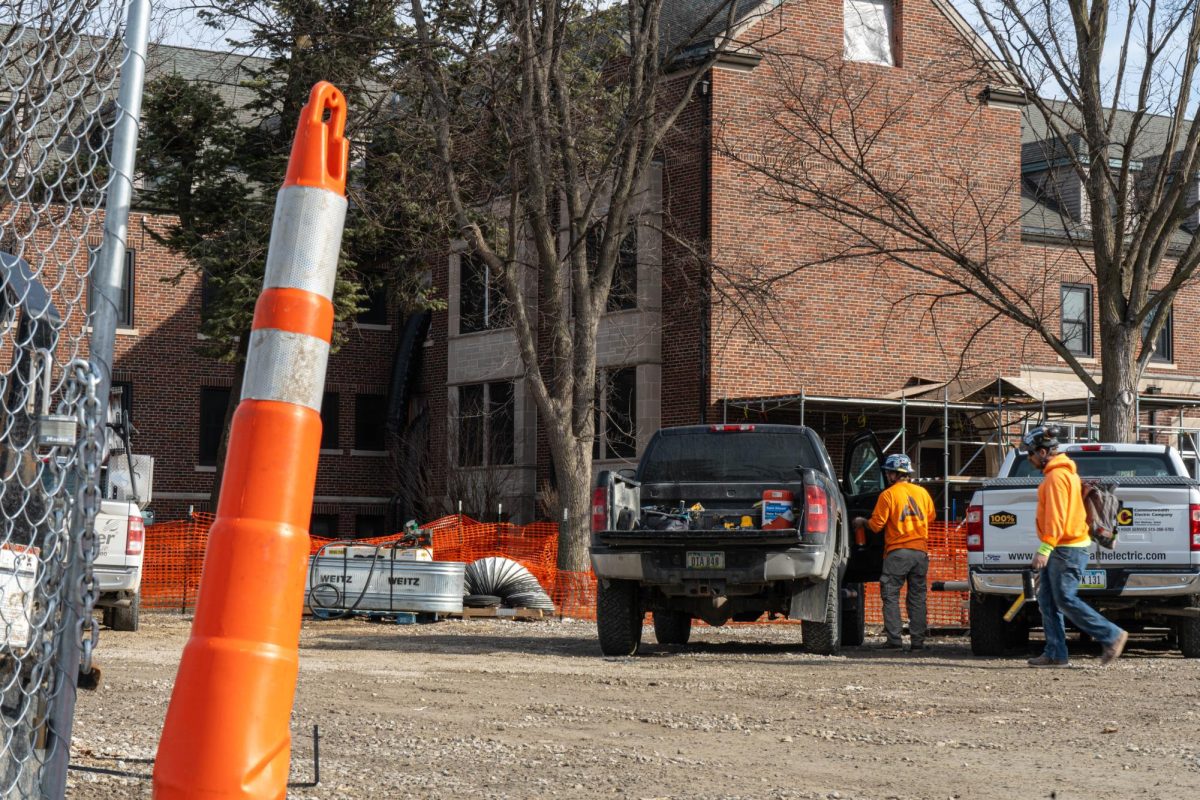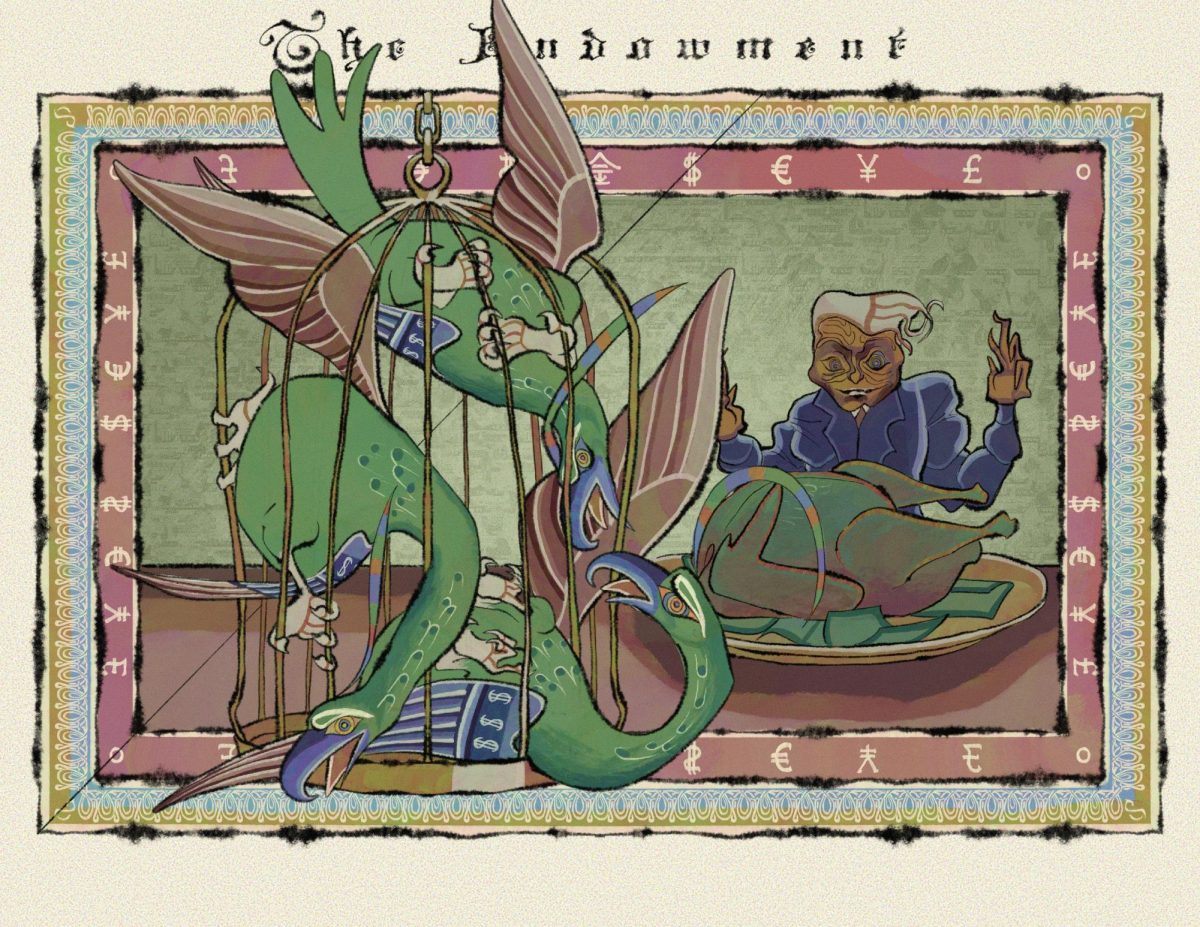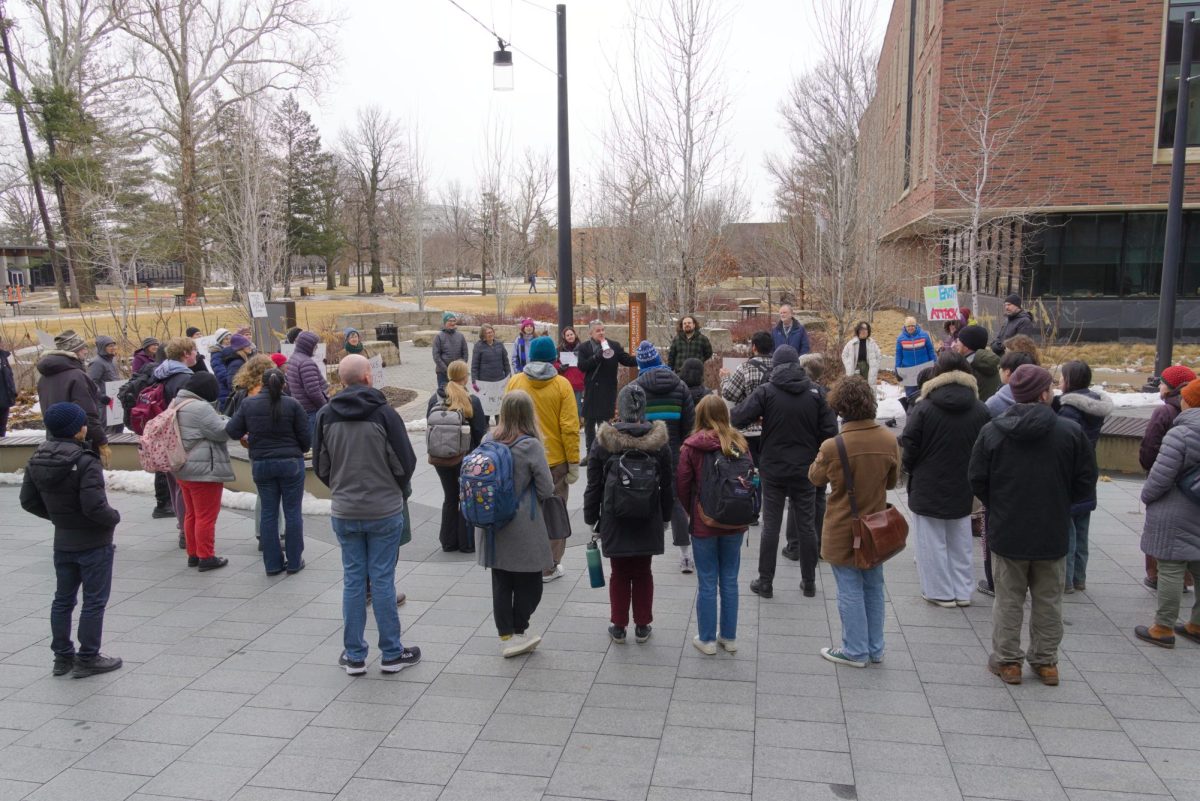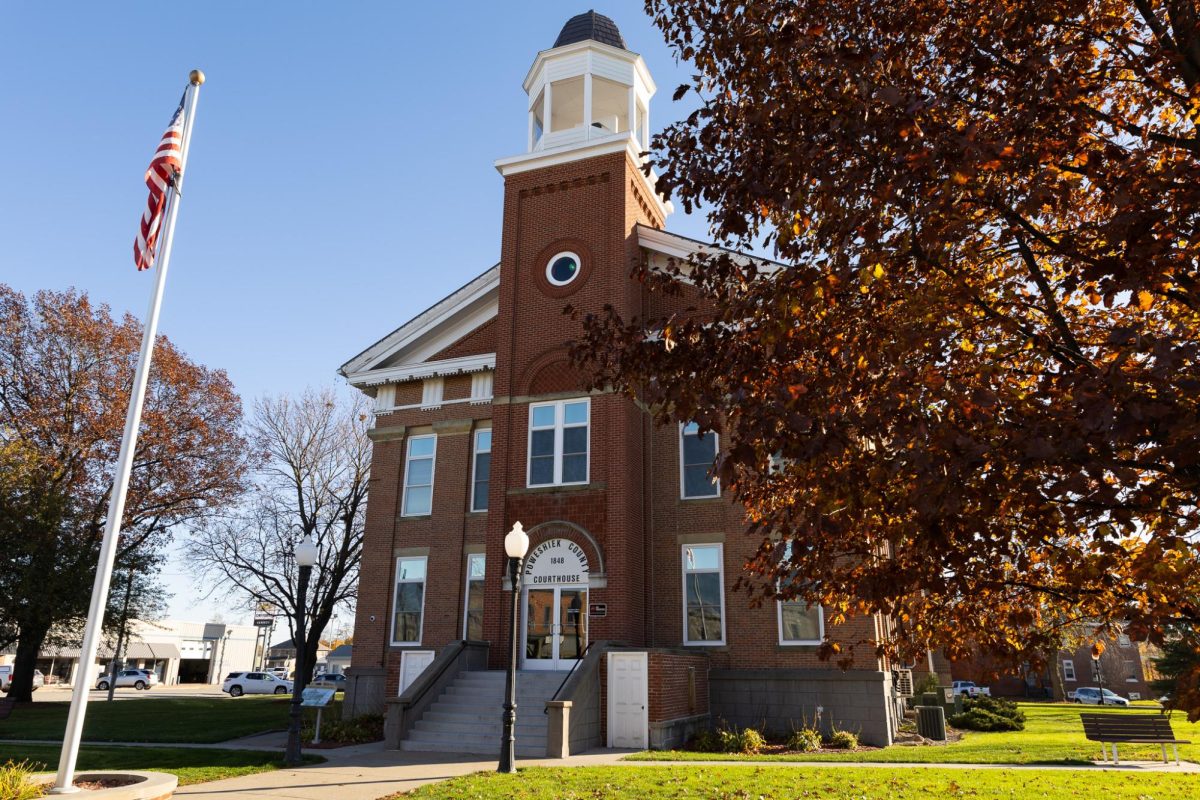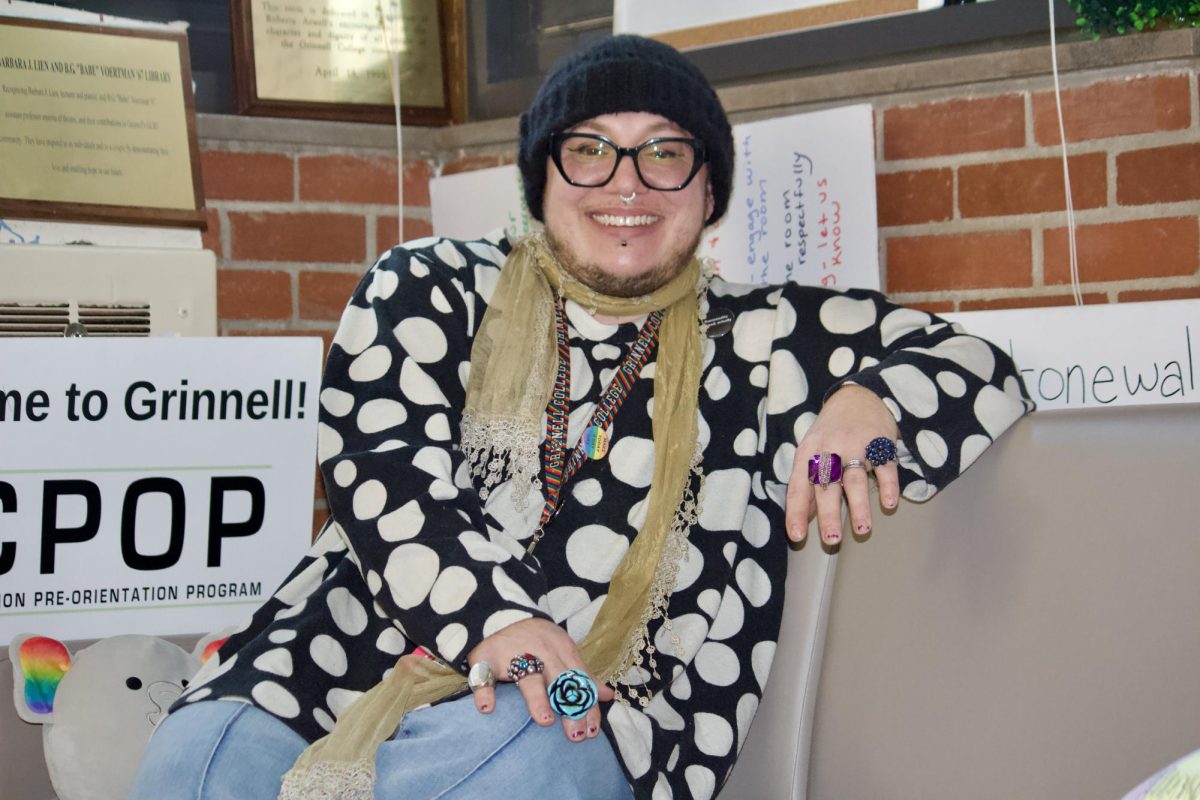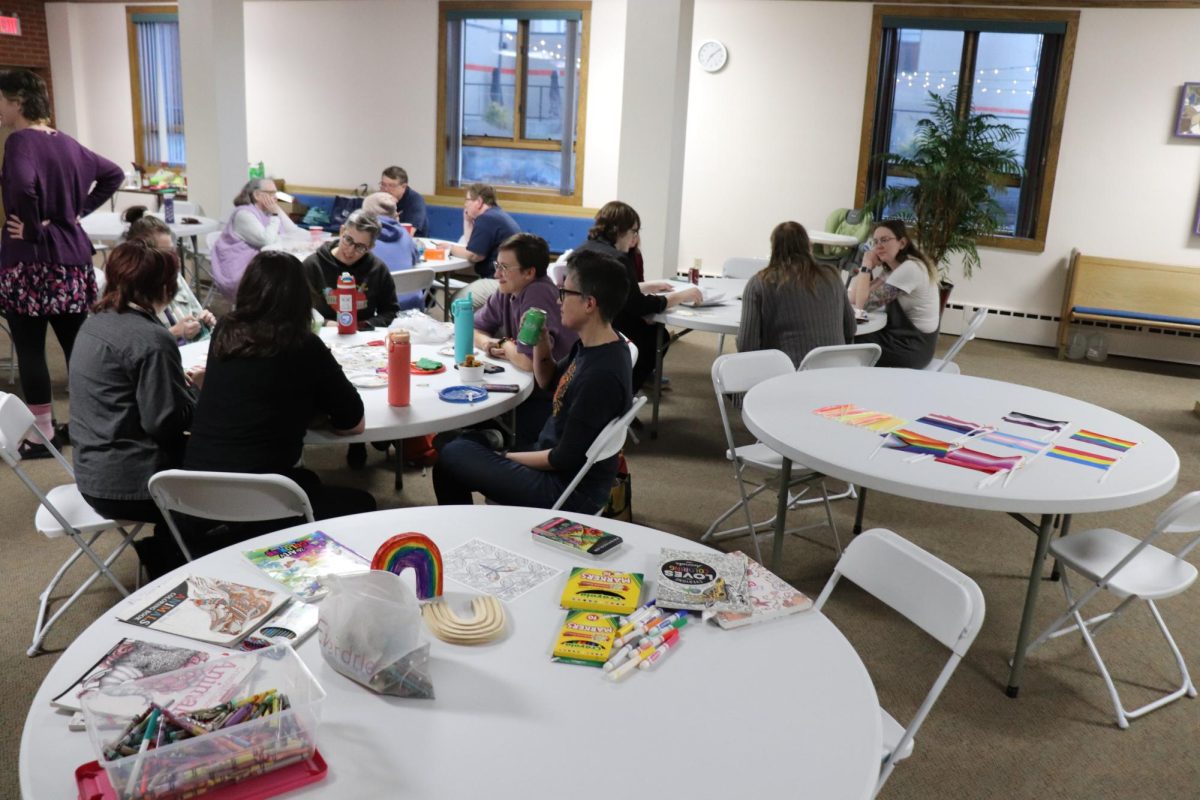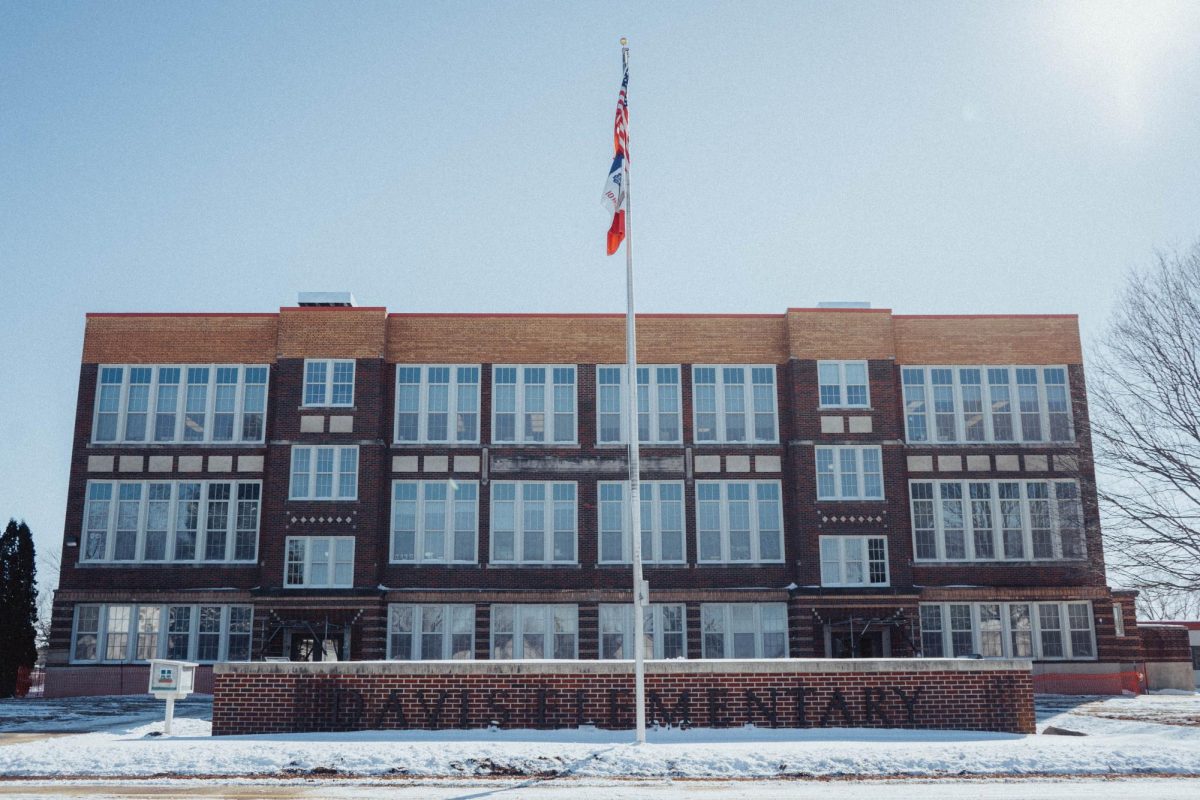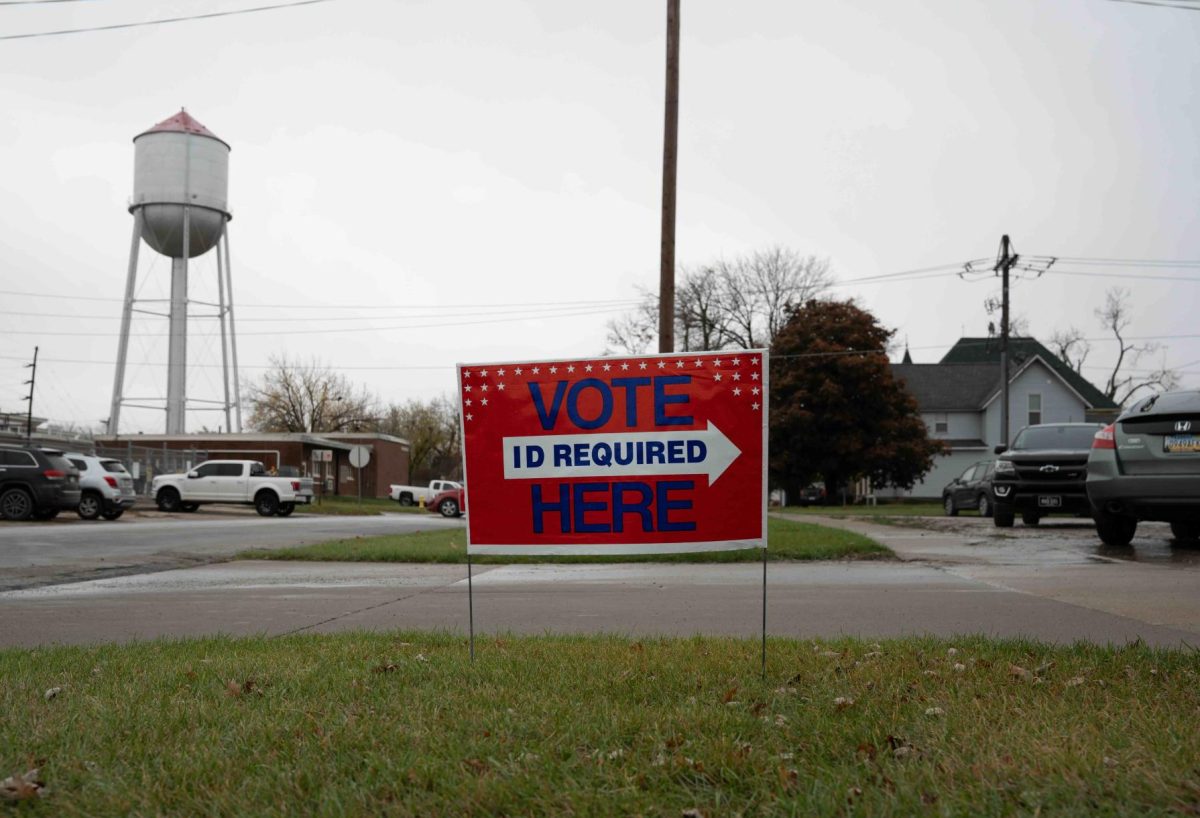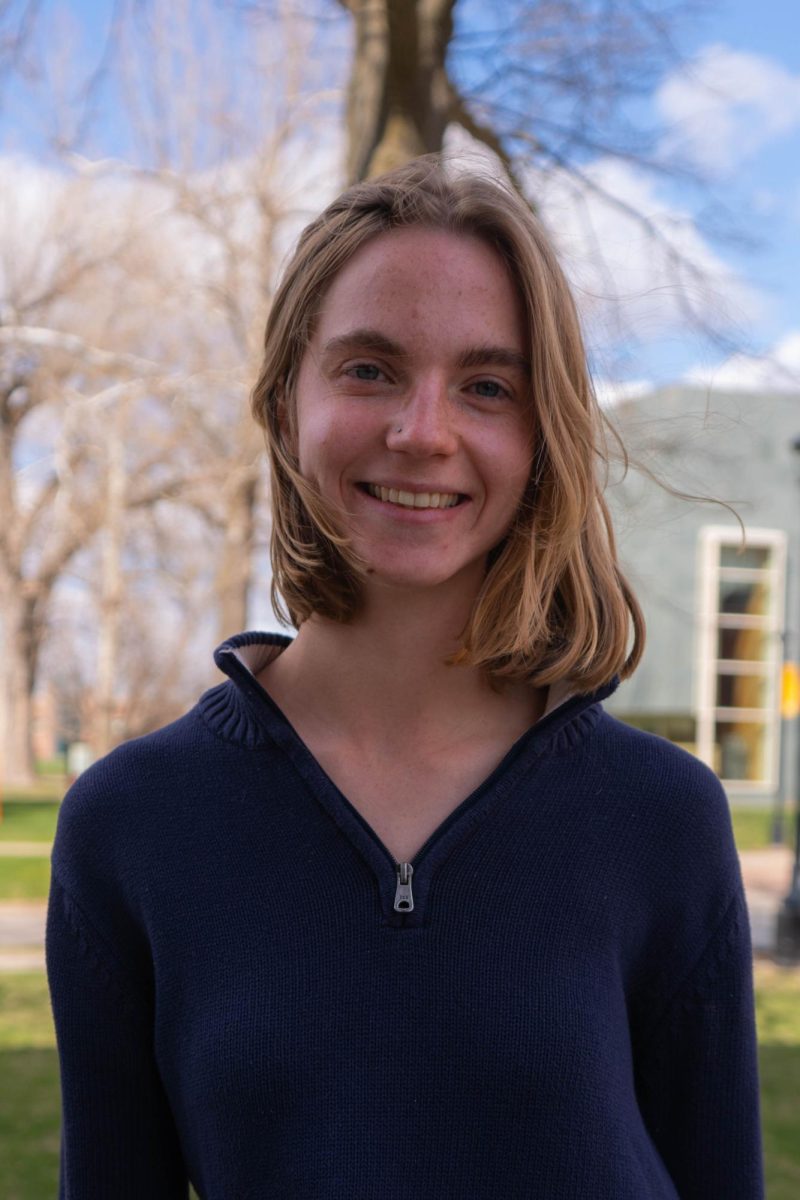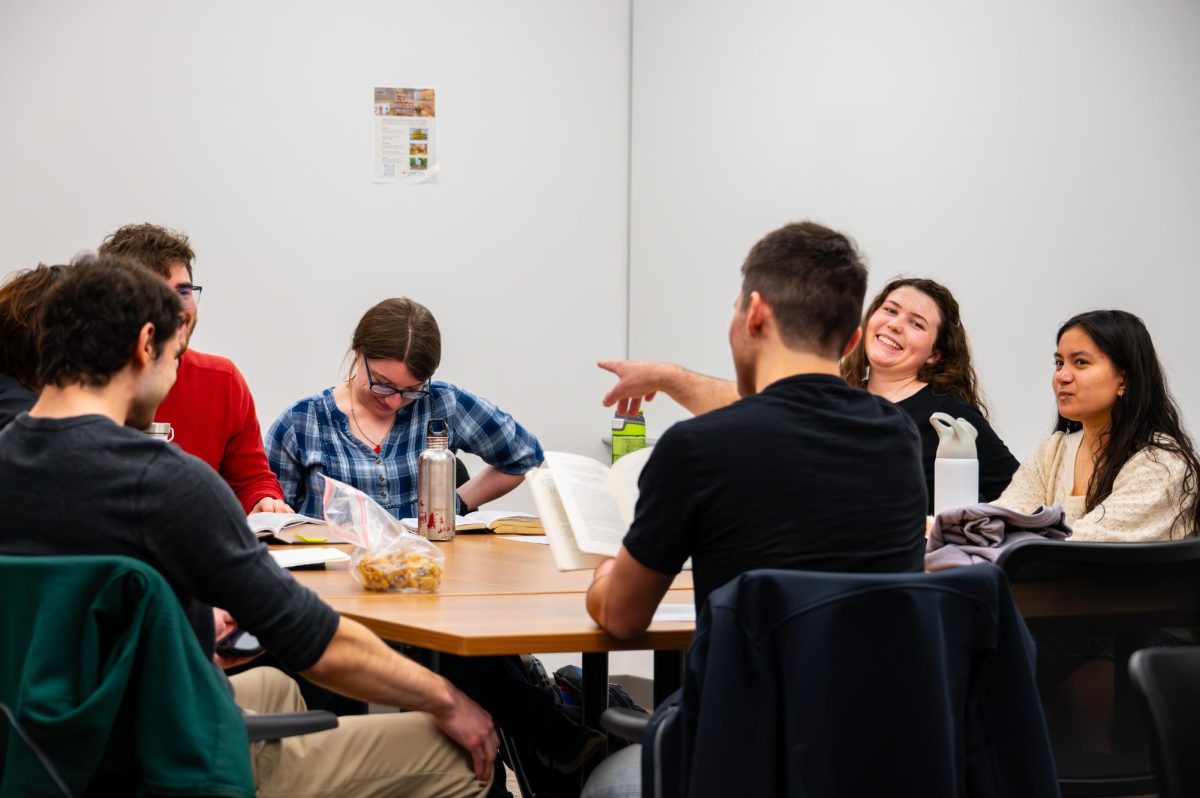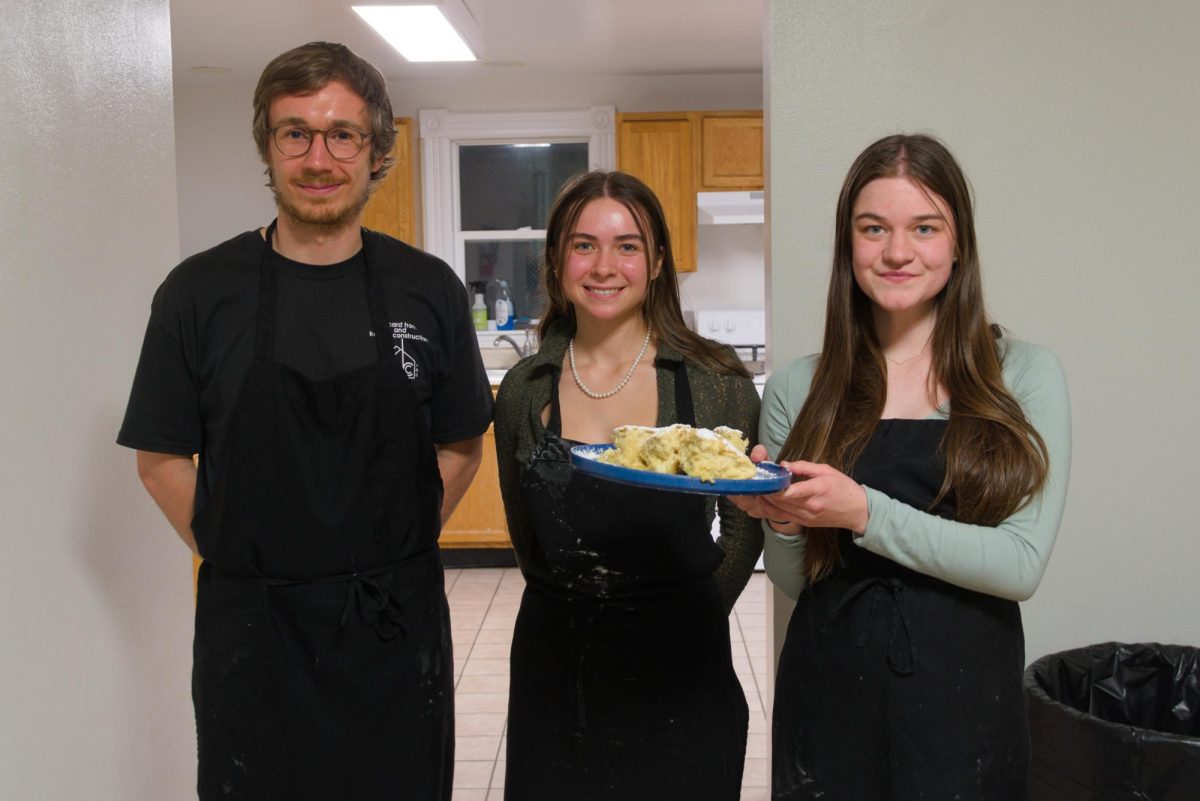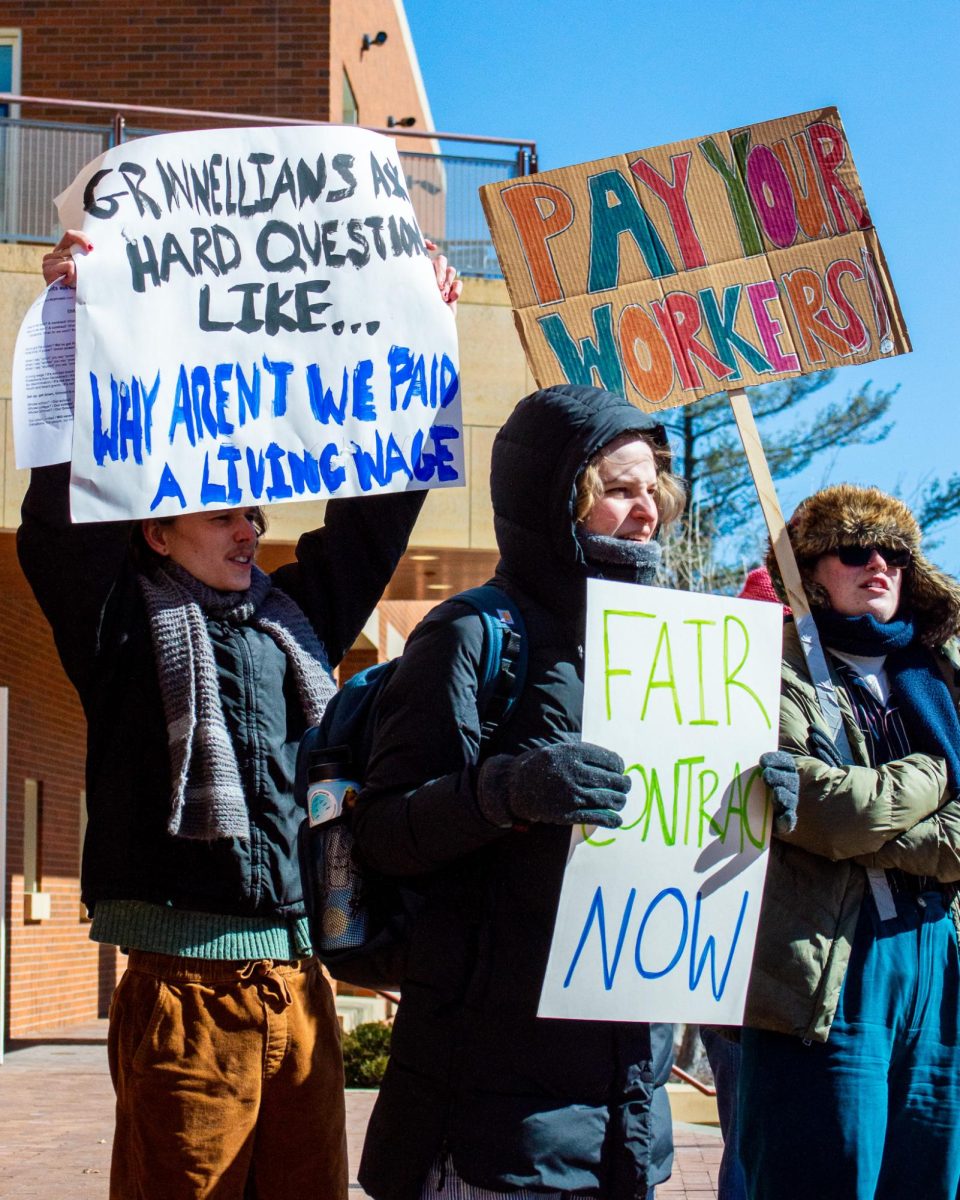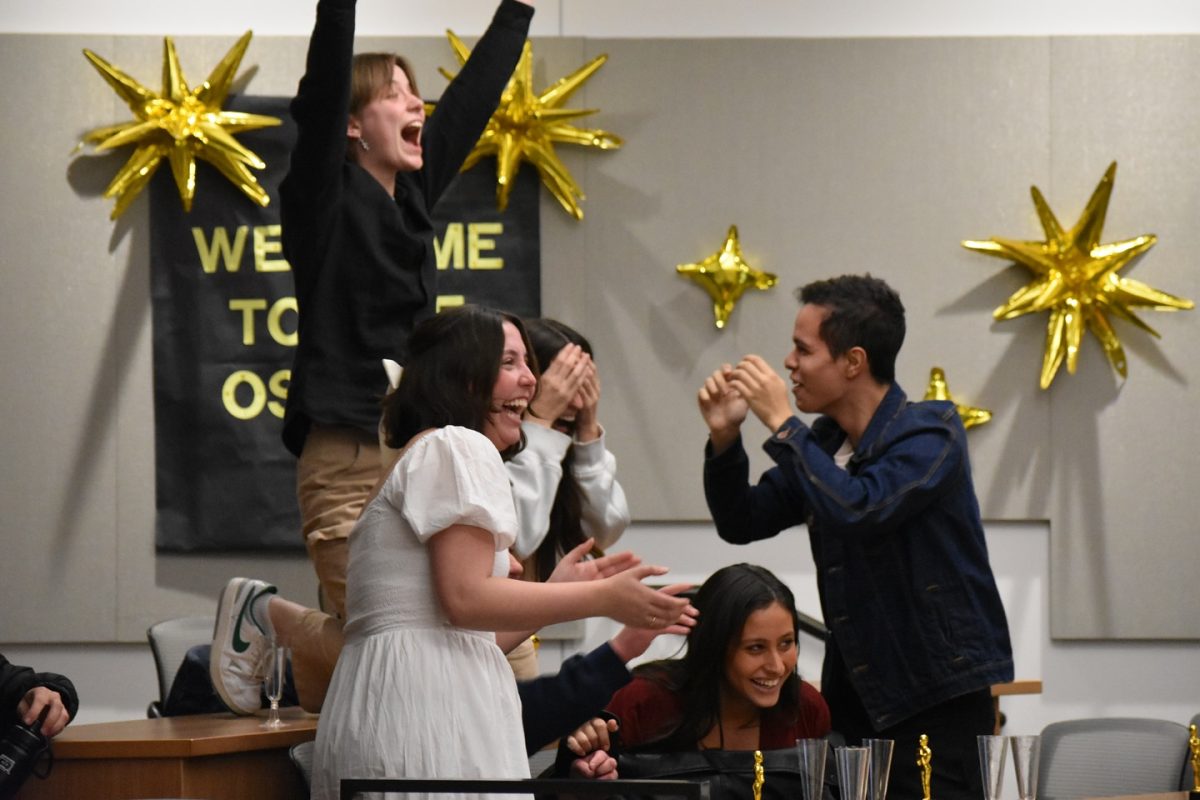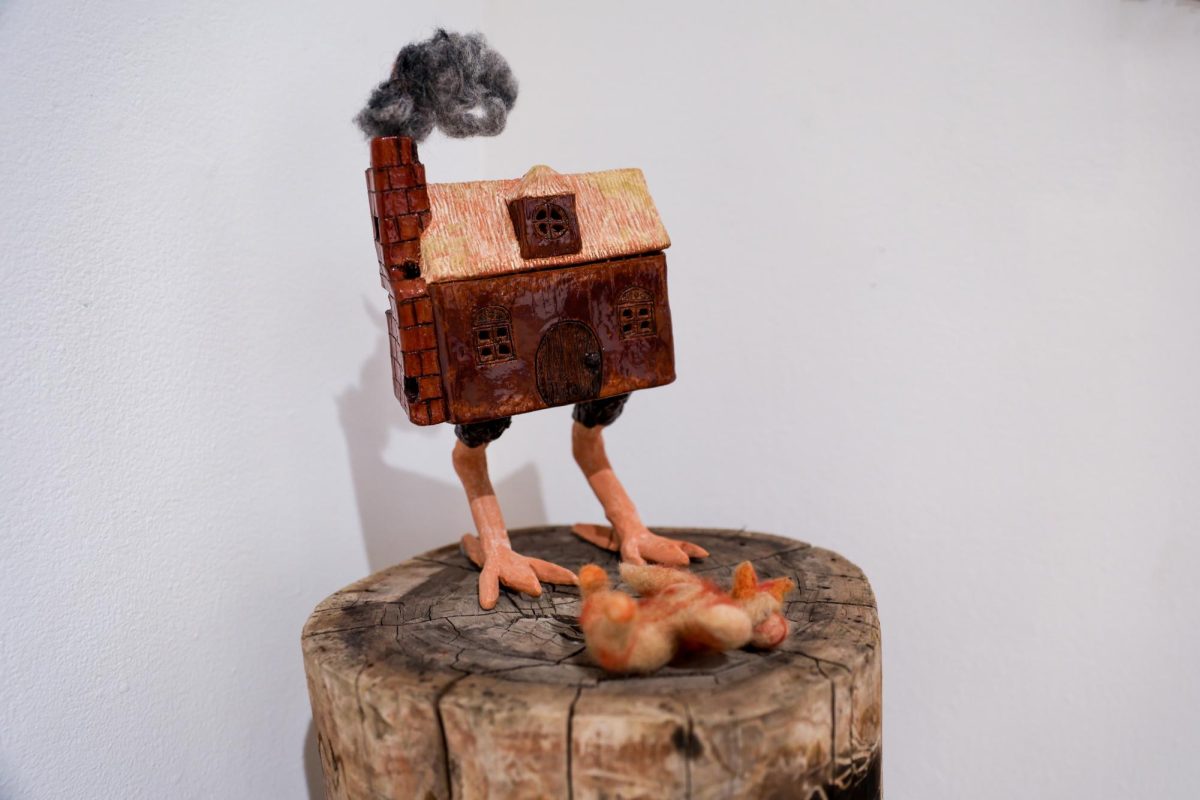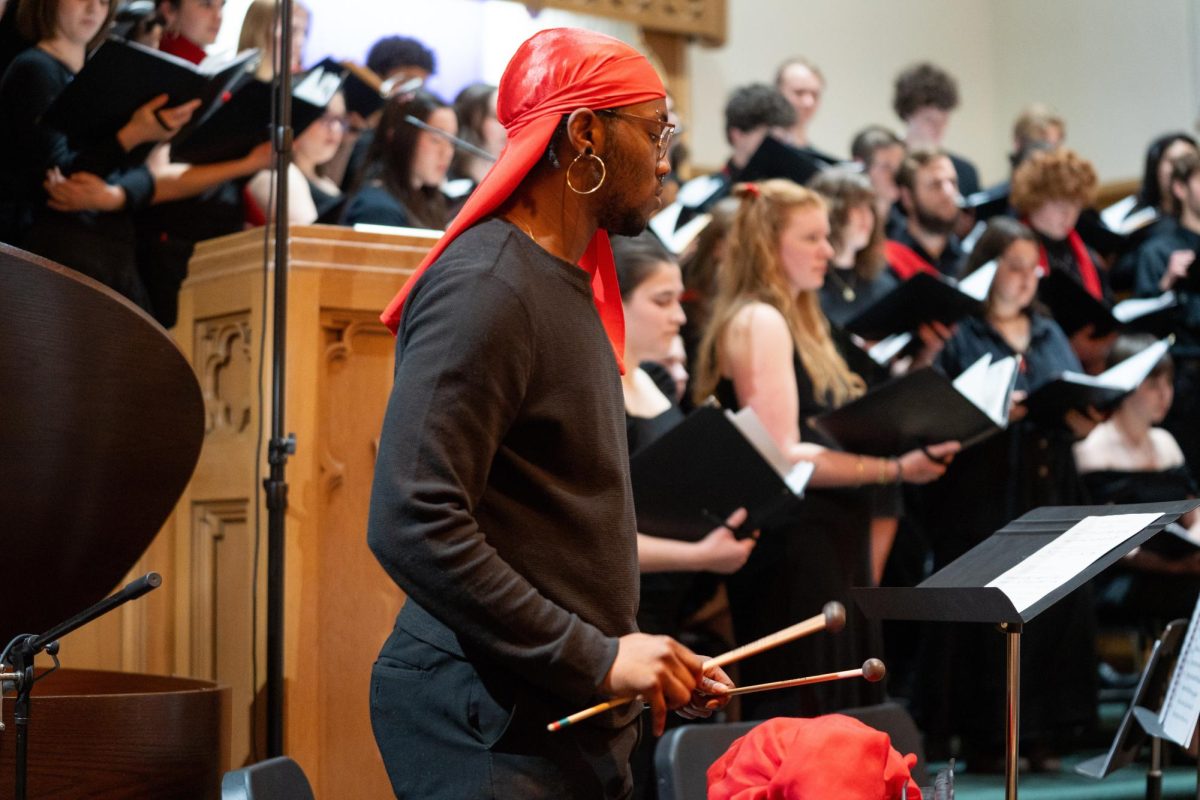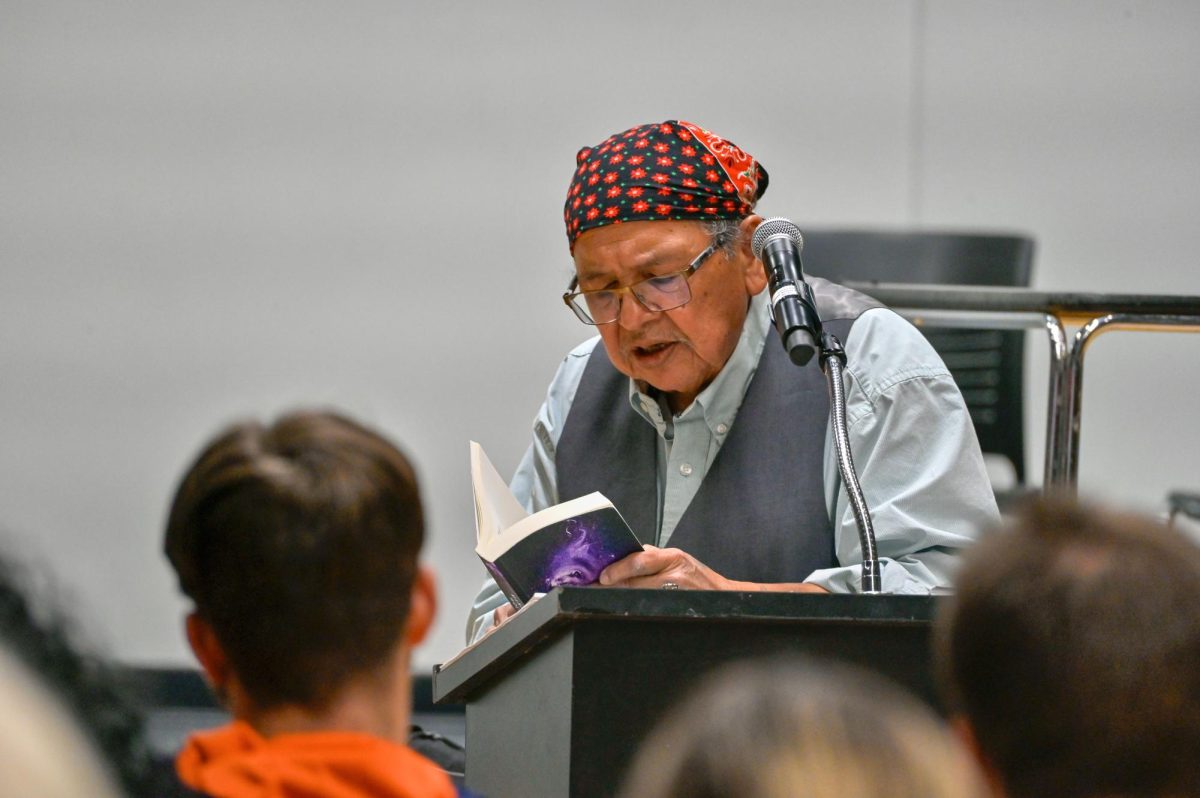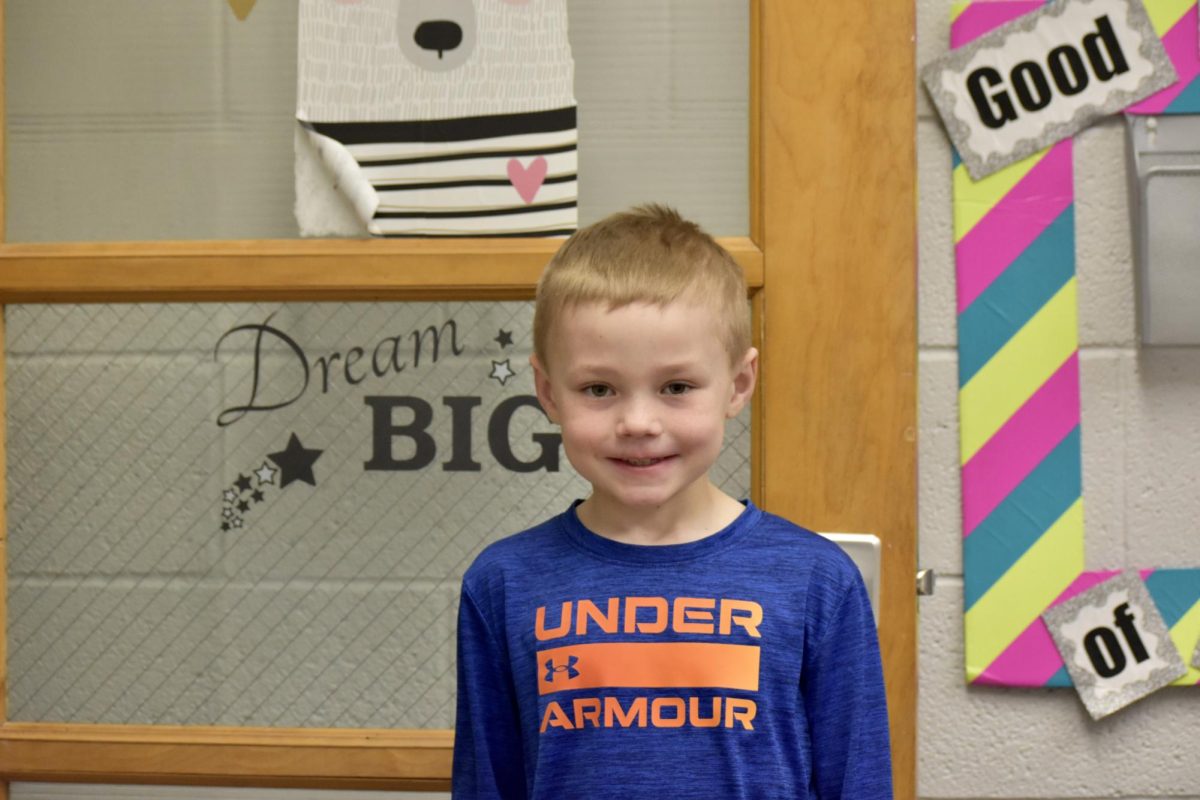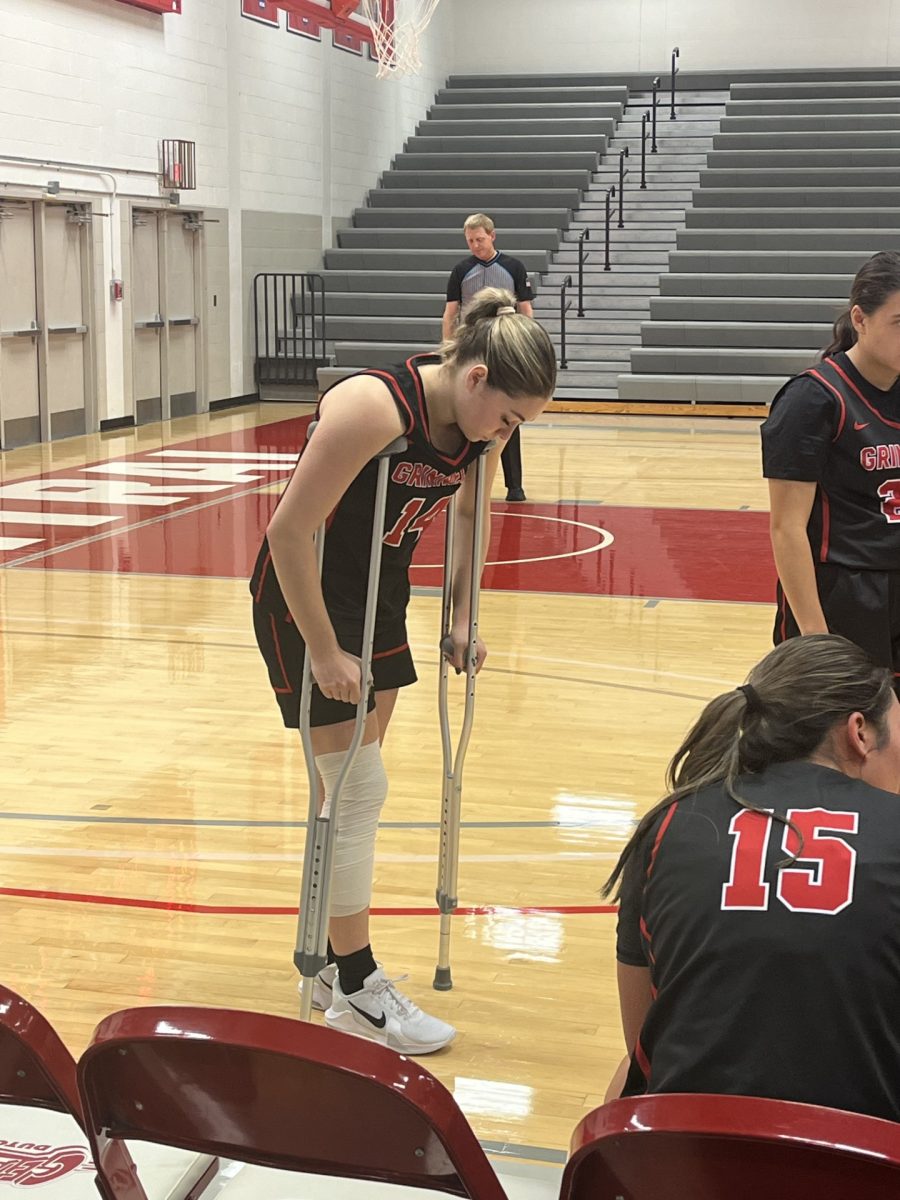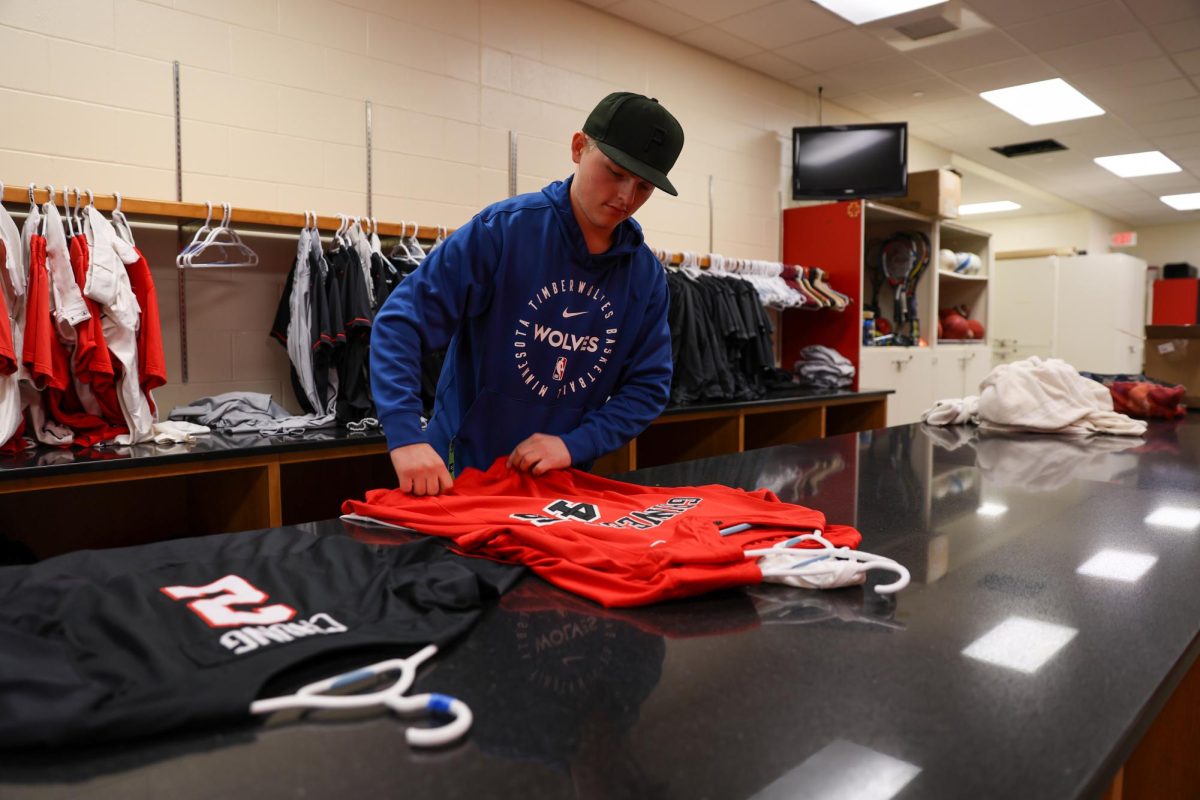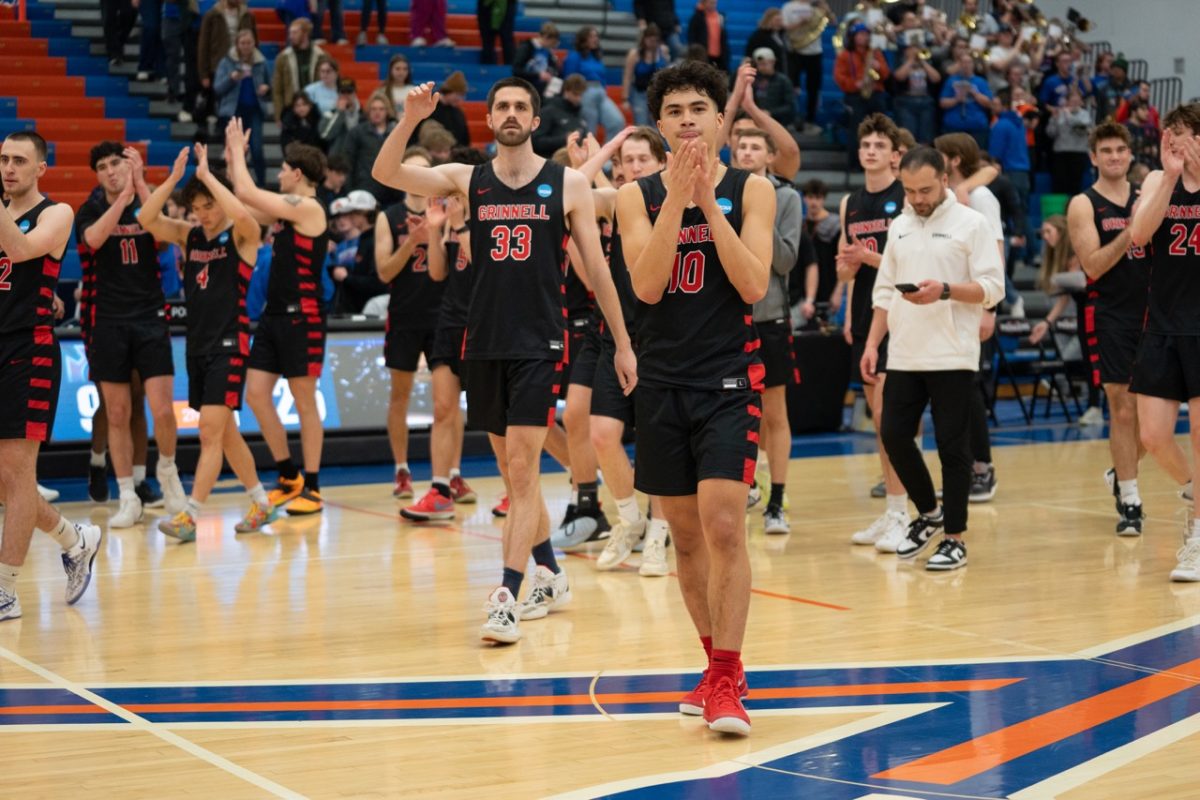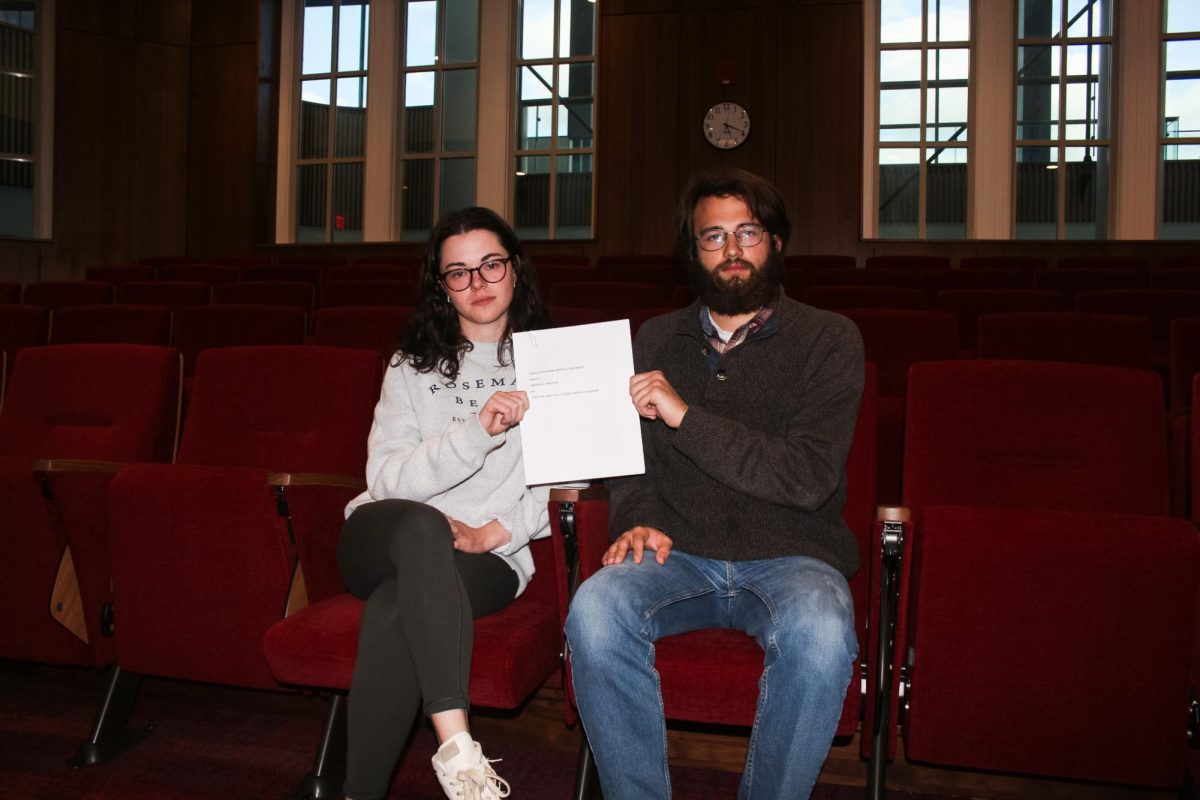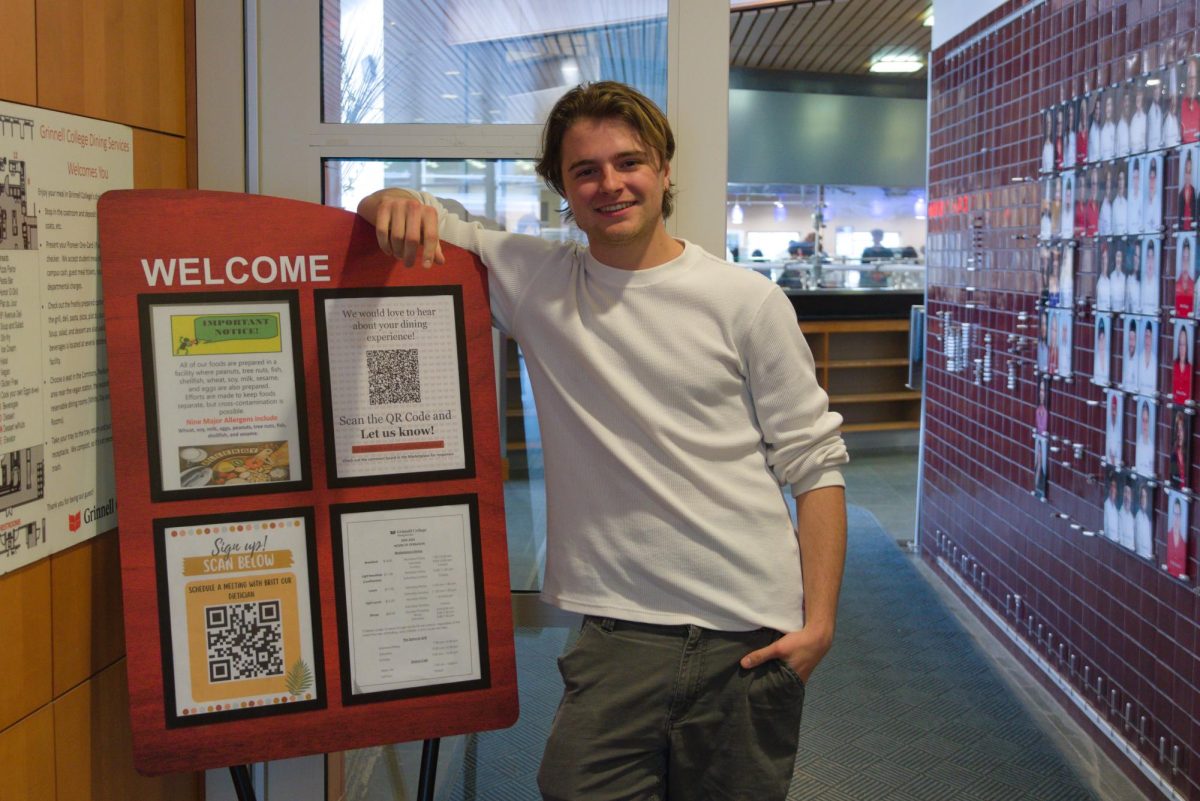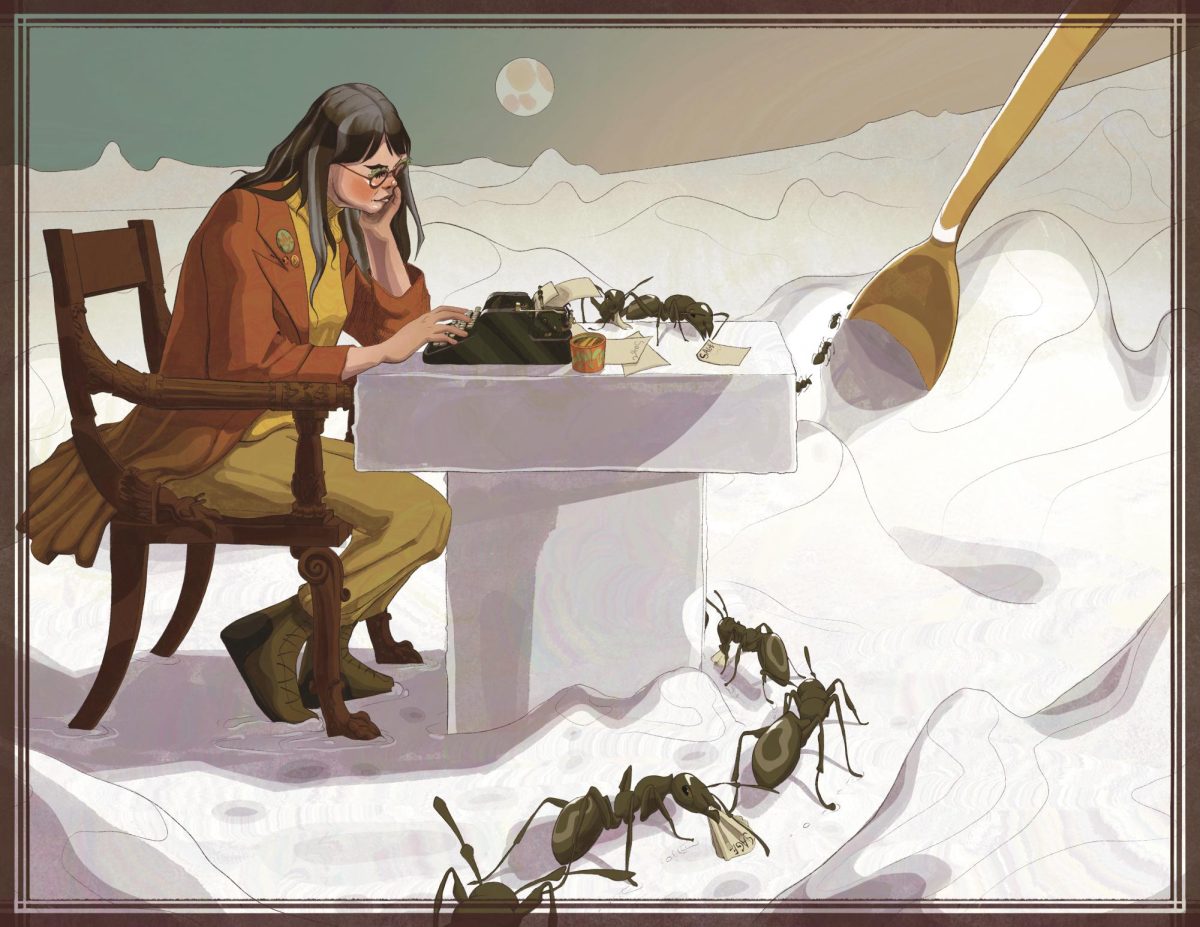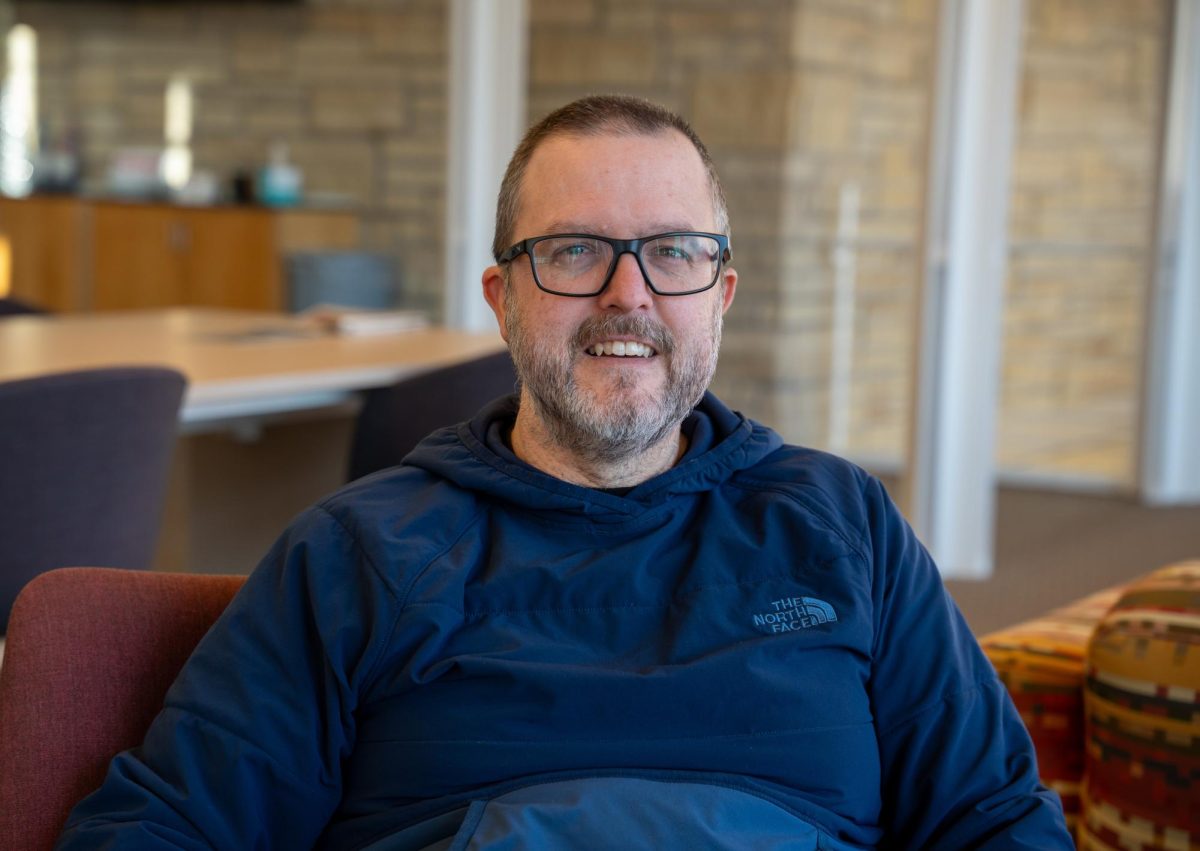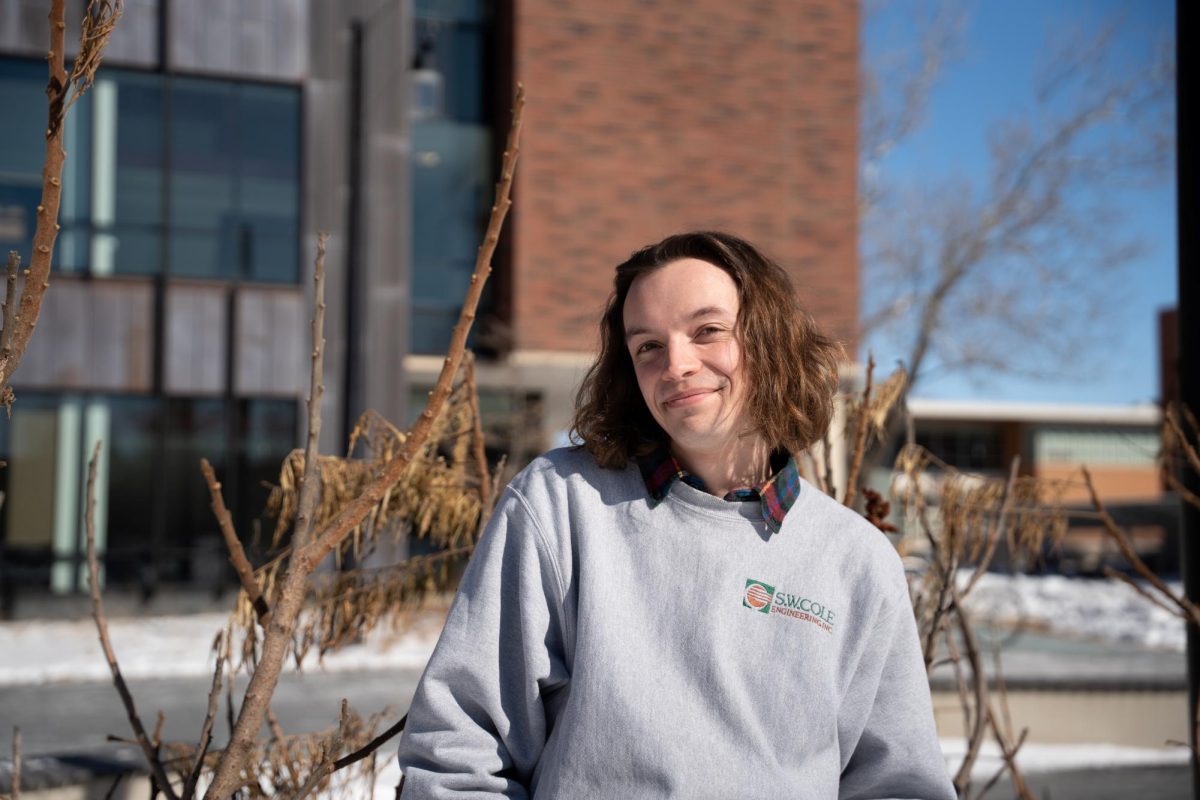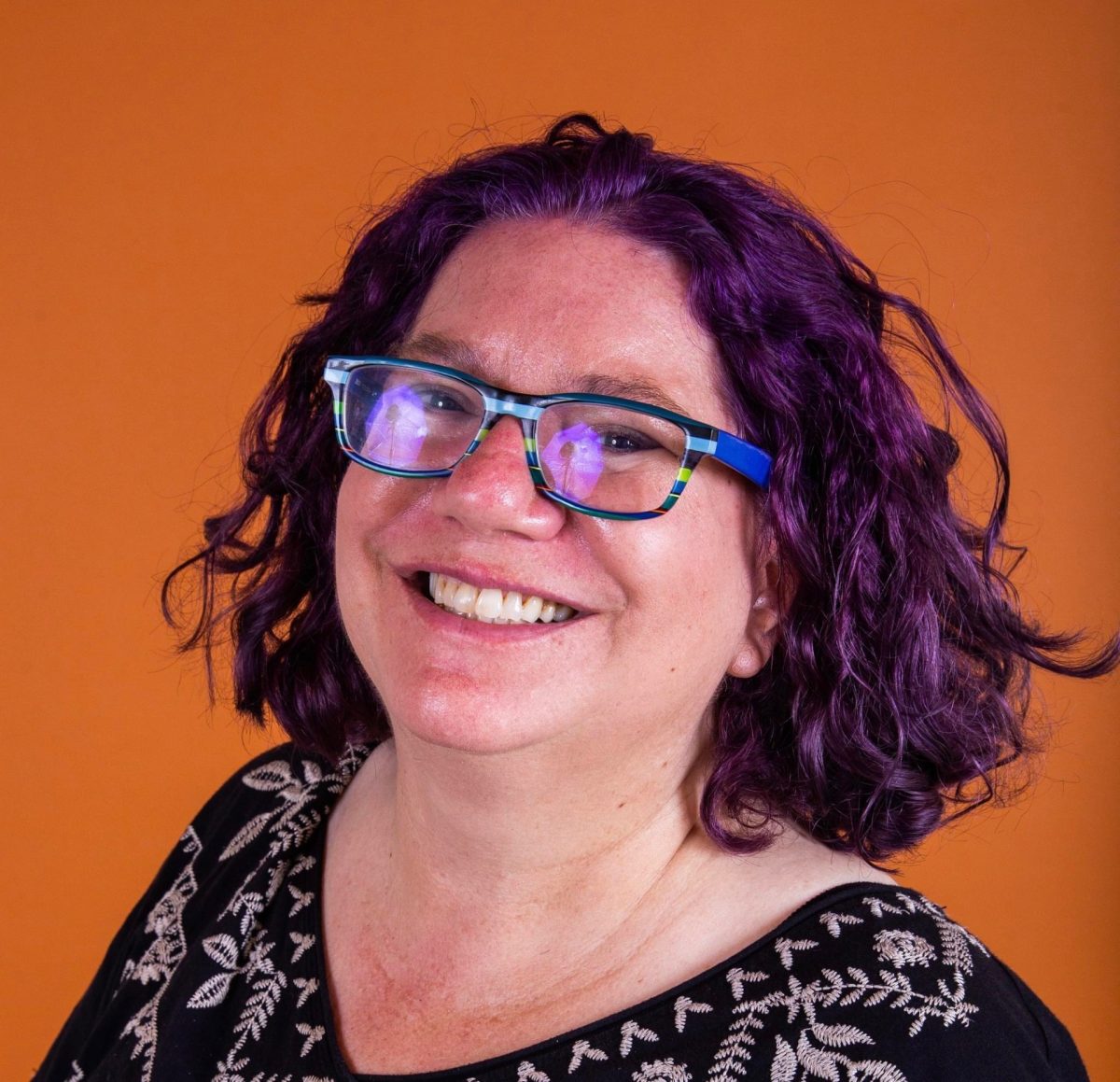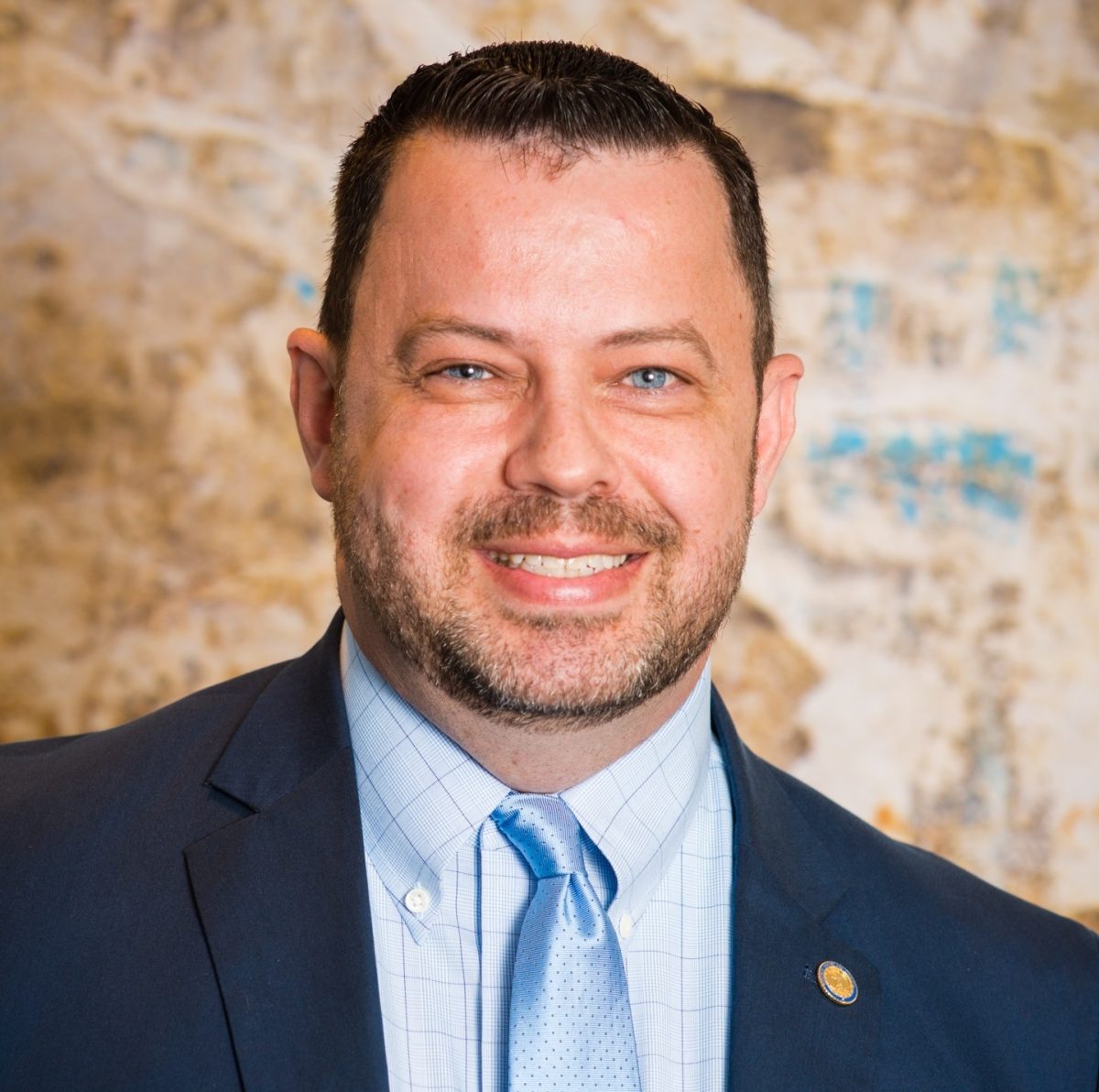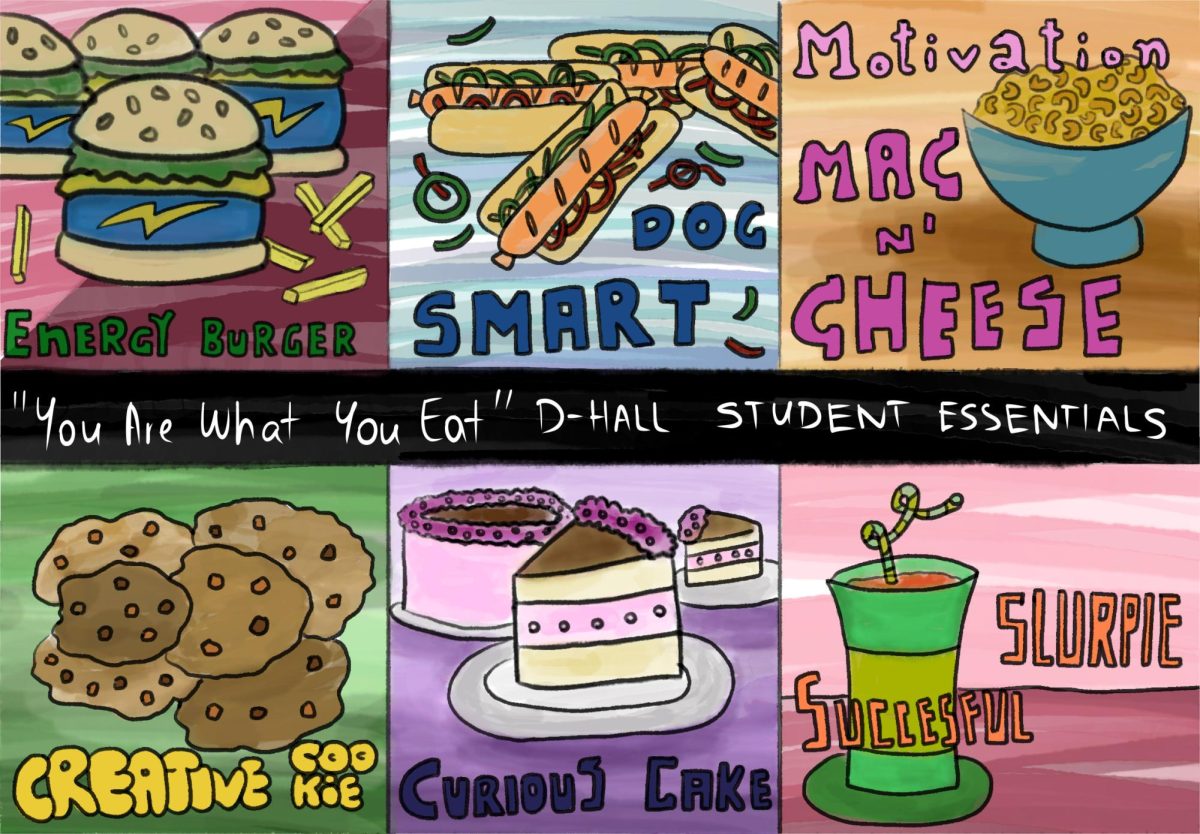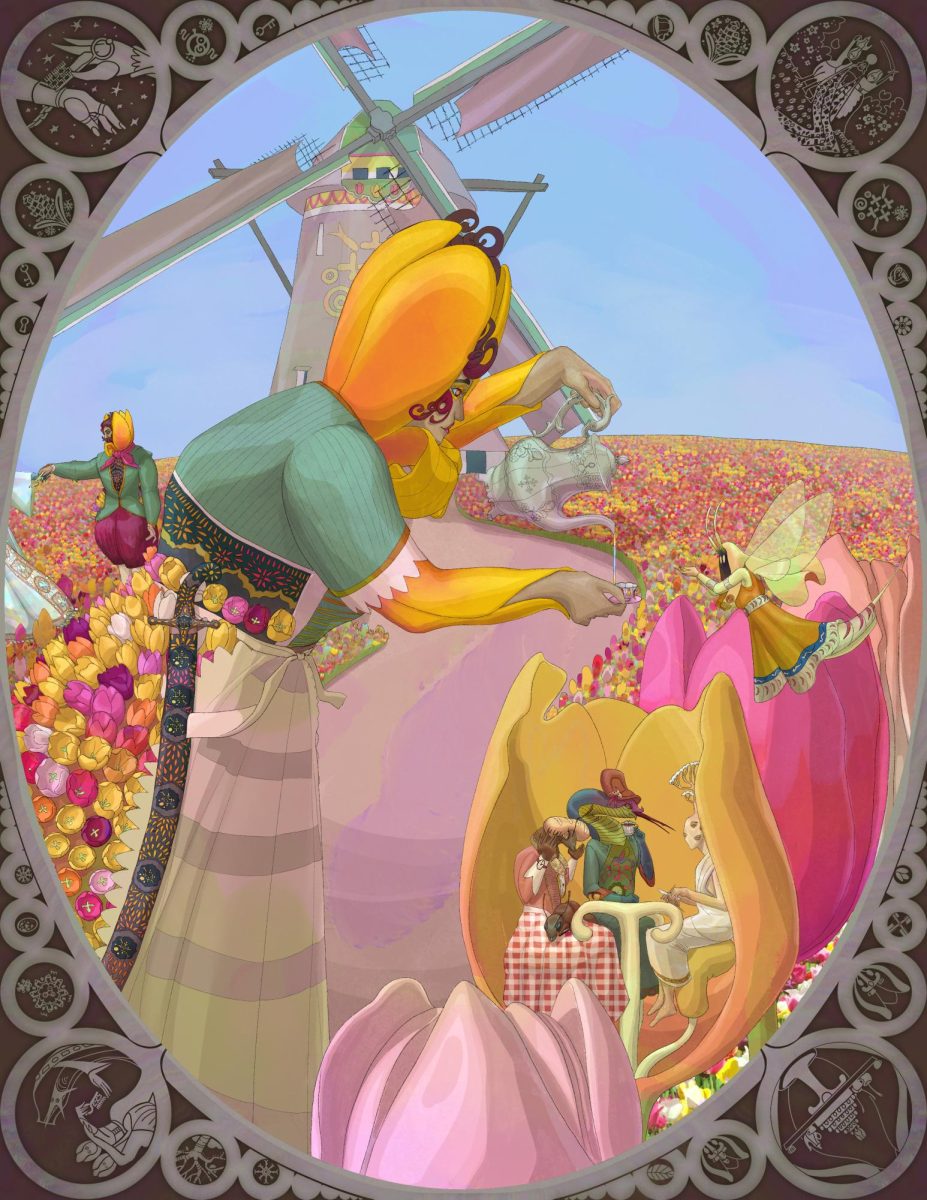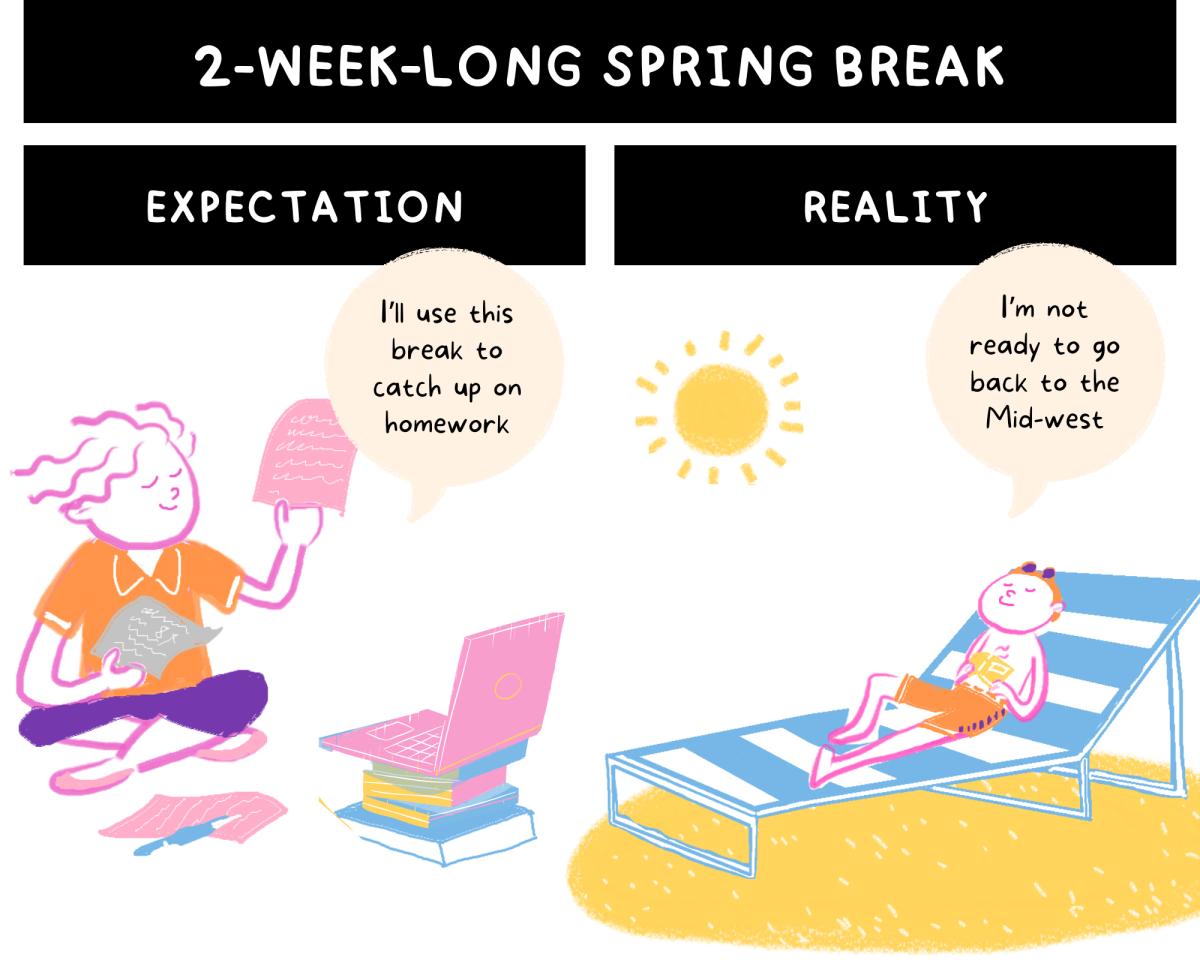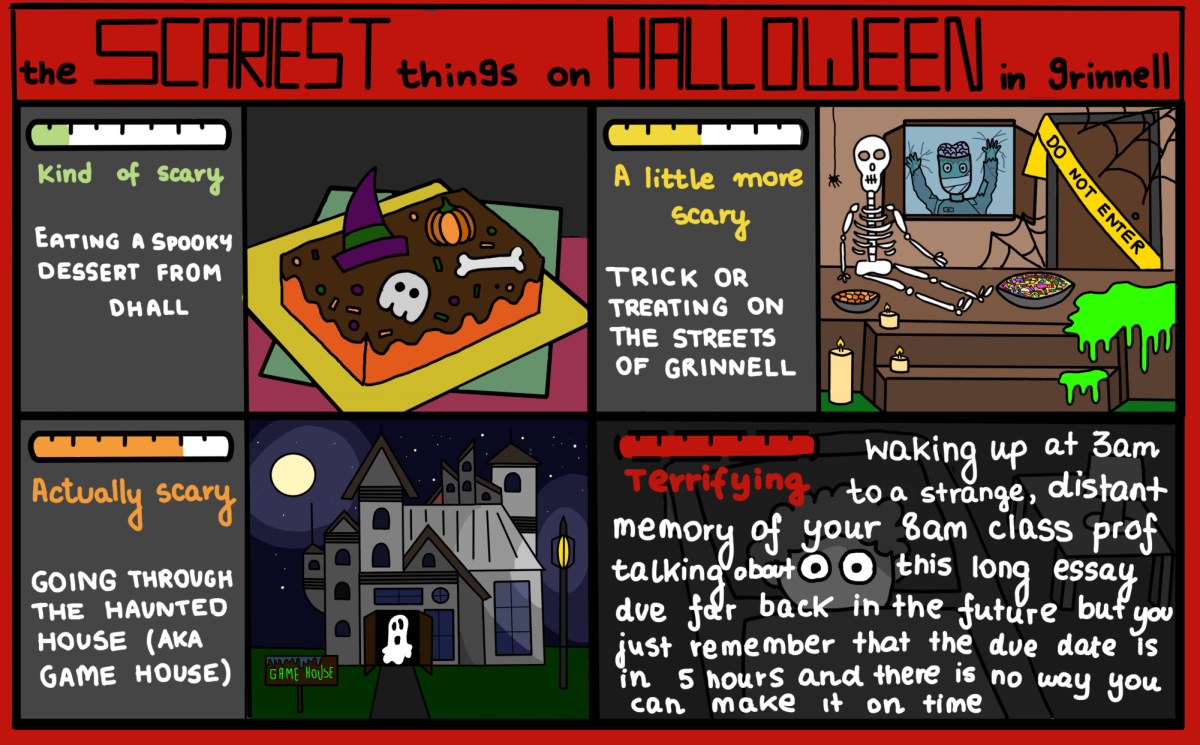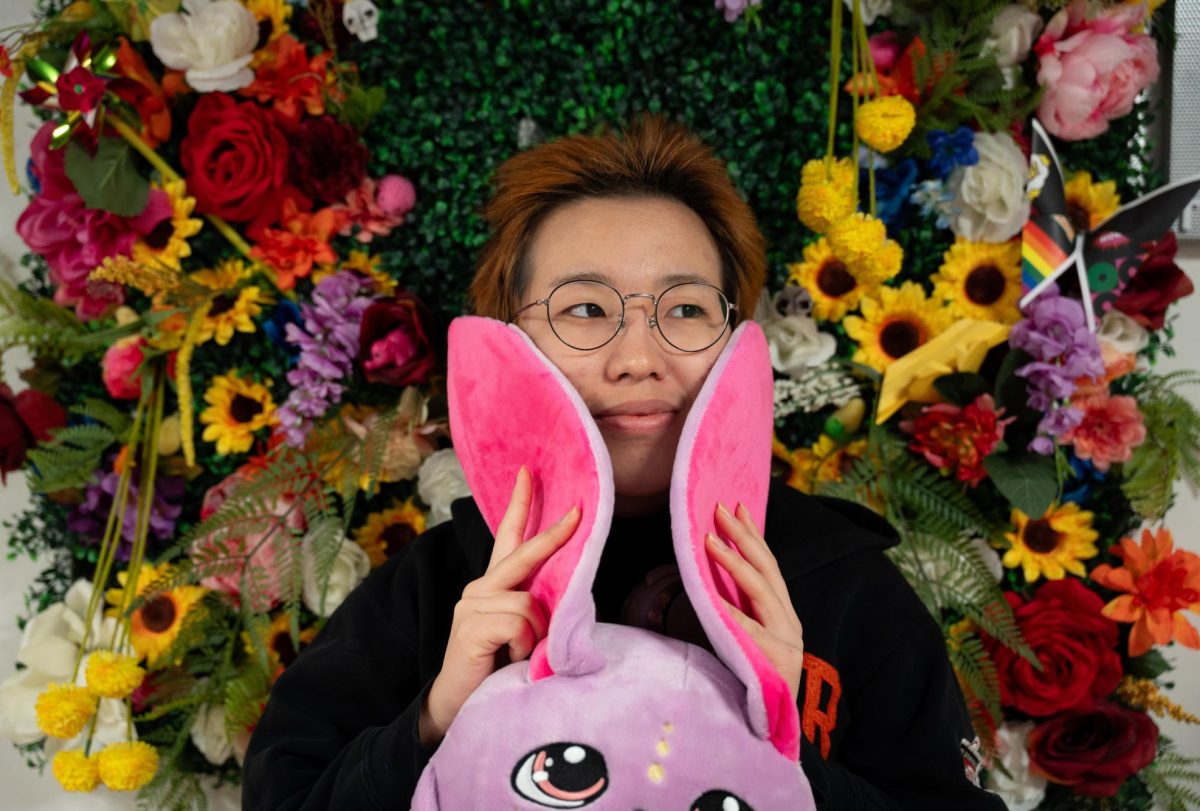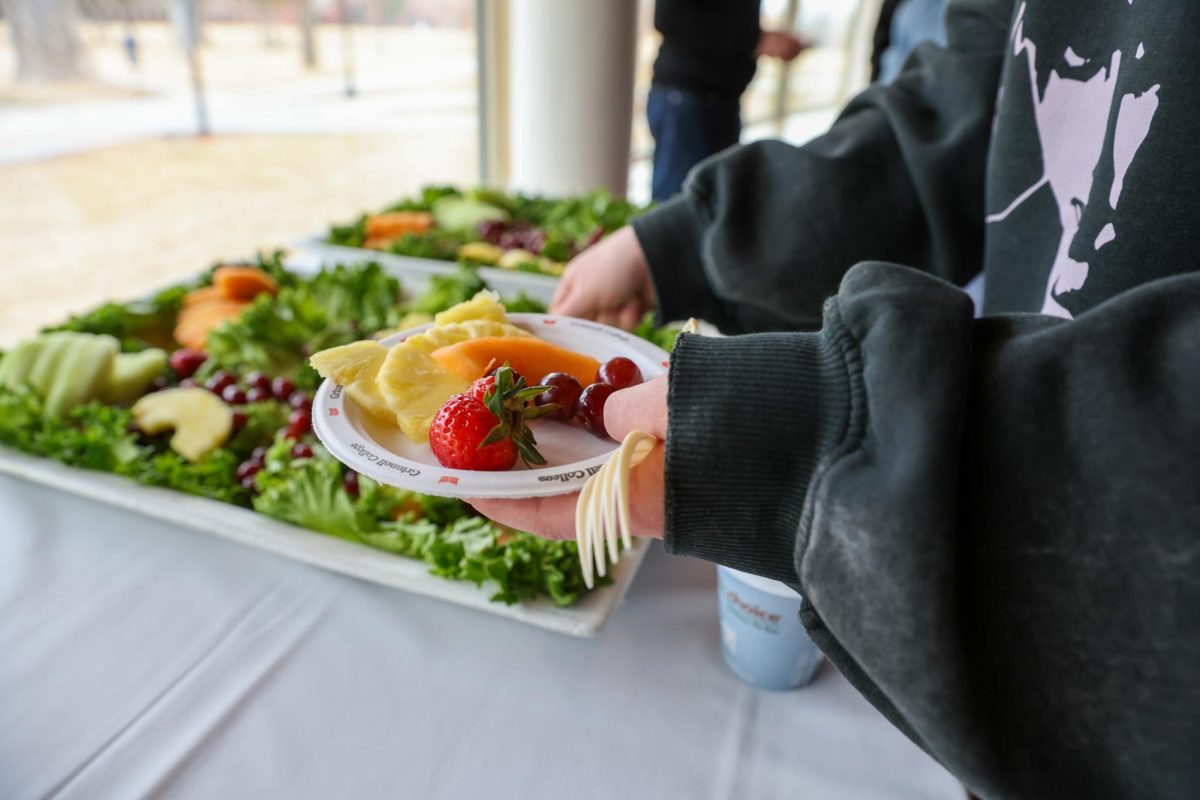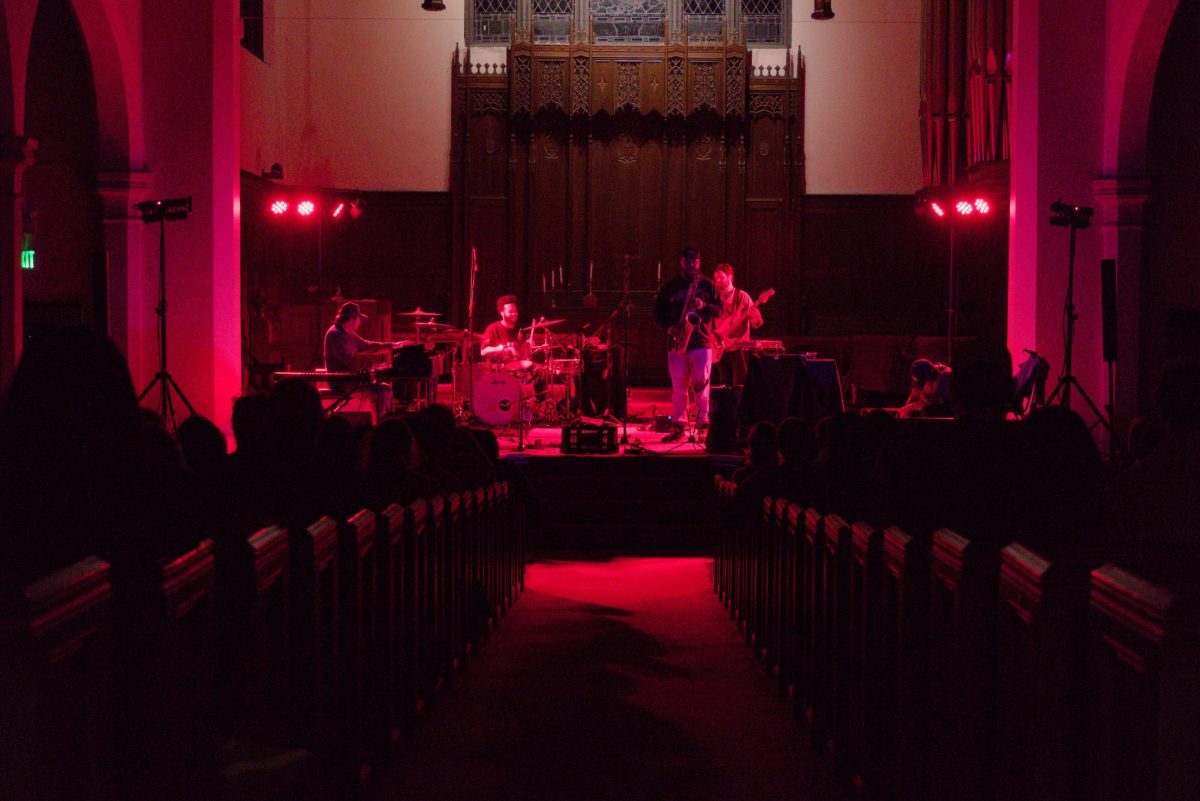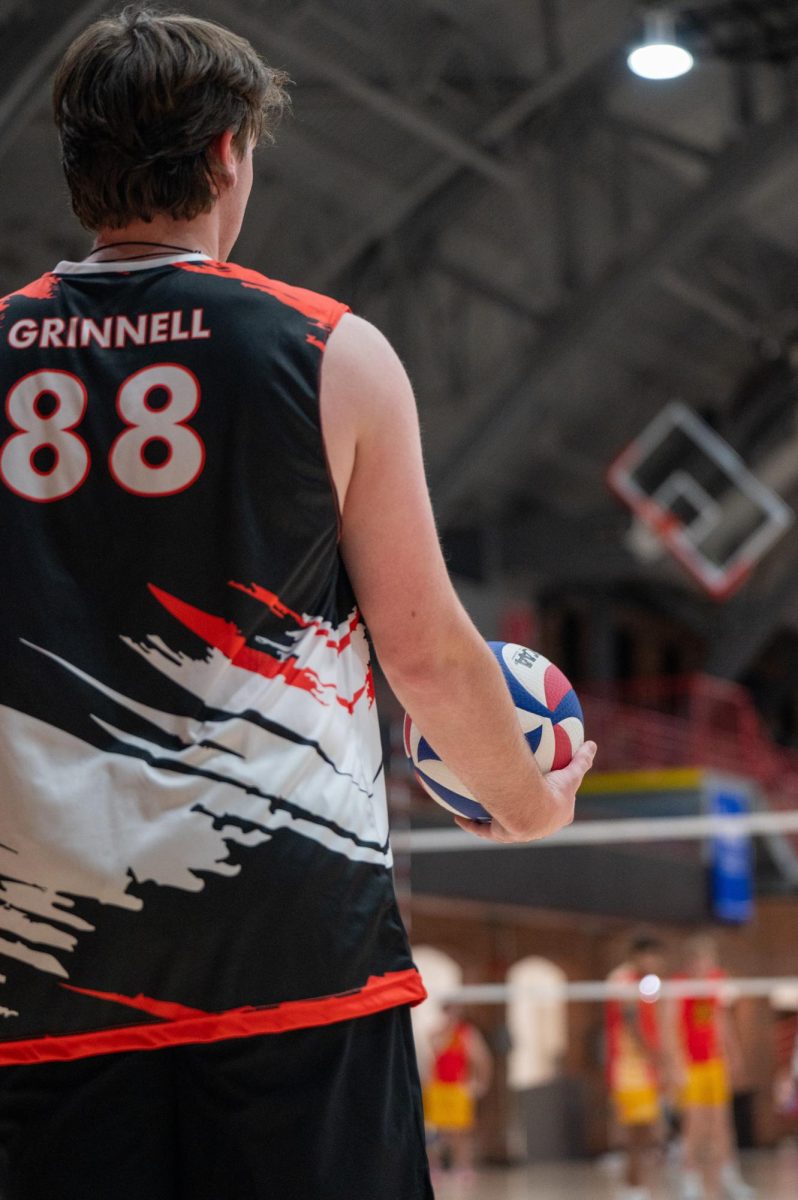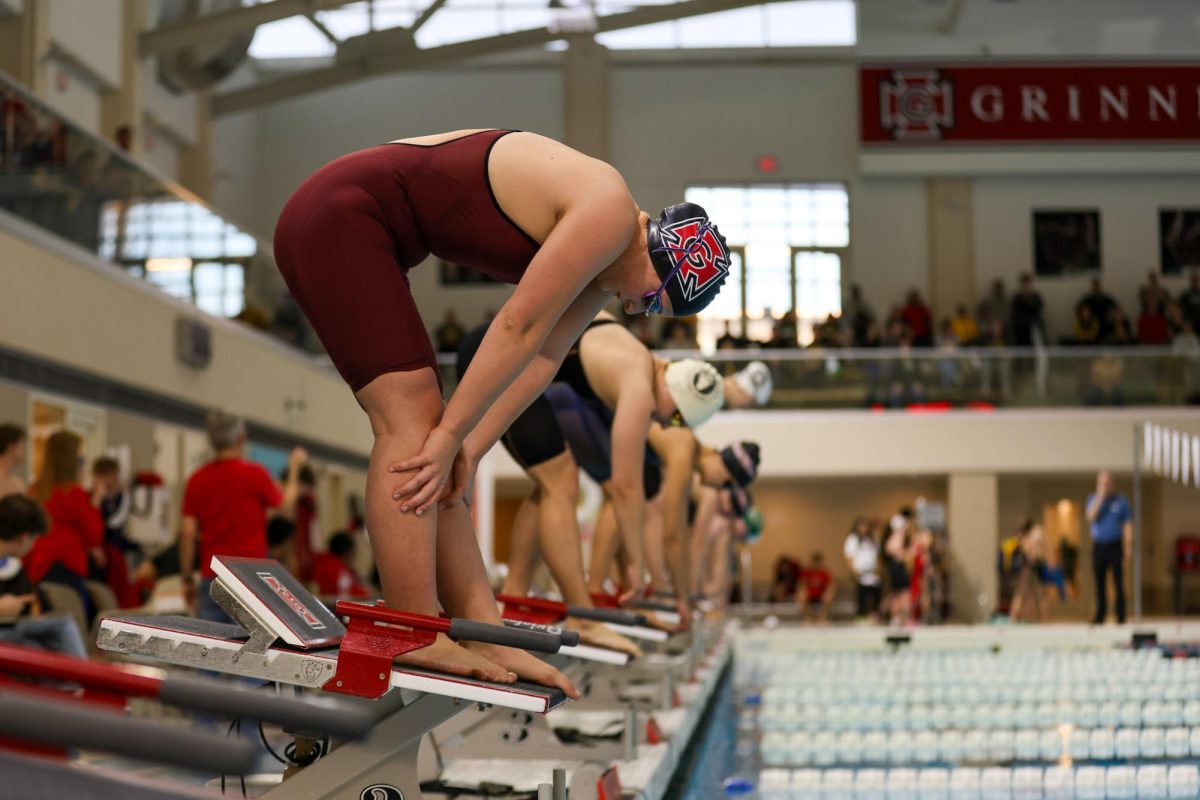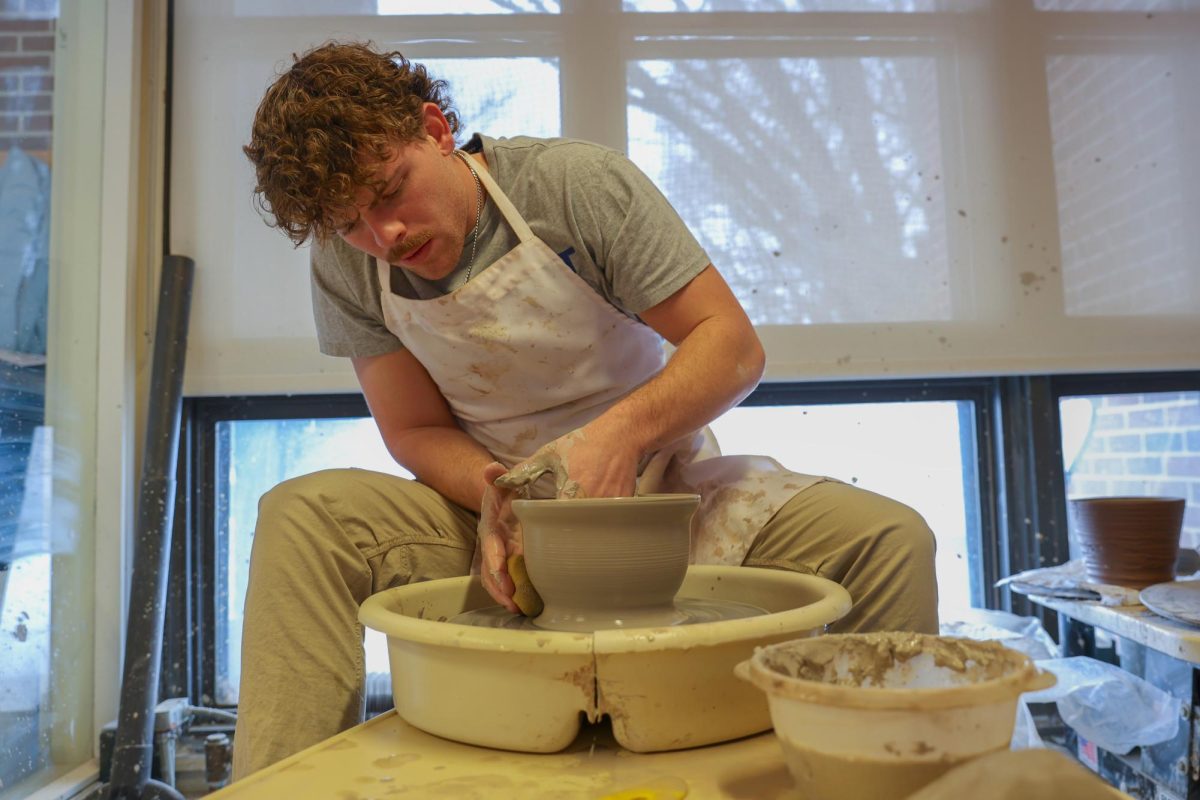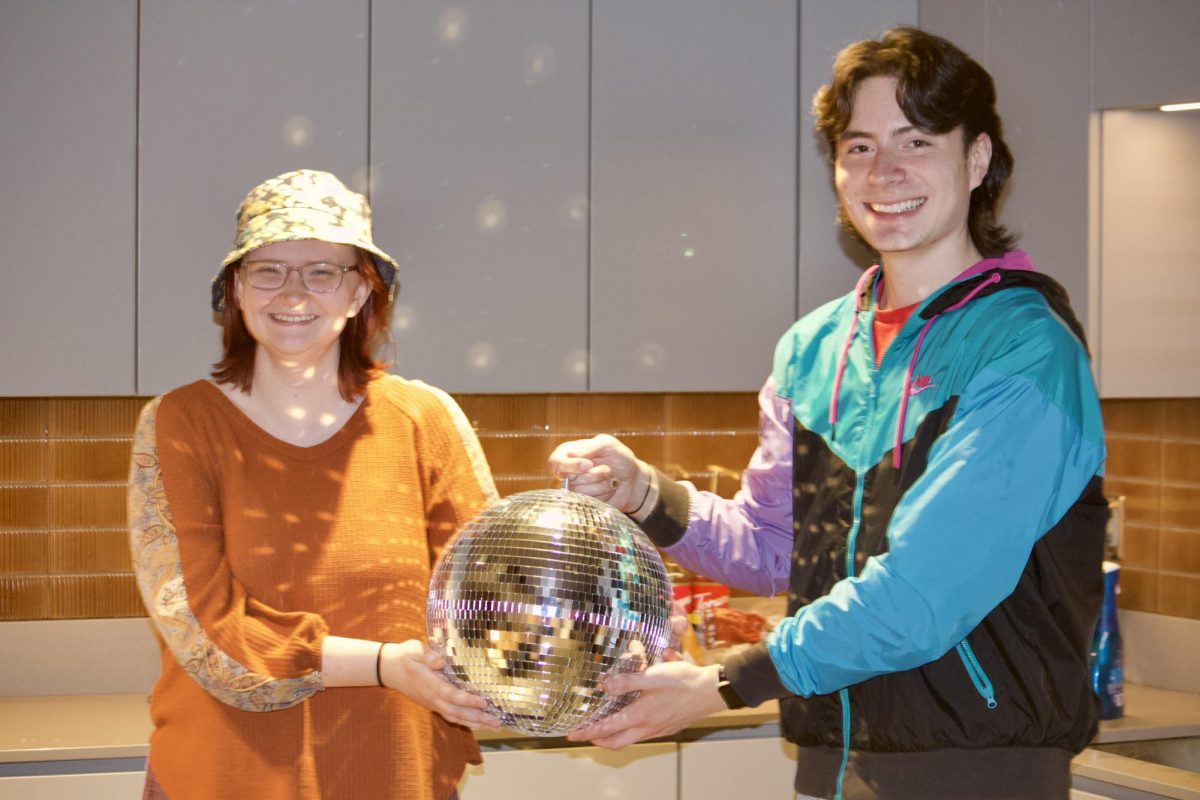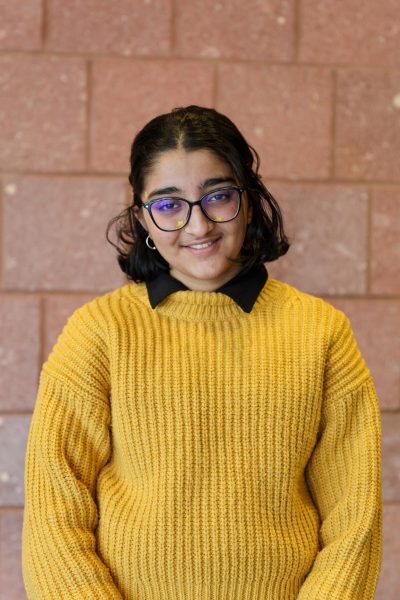According to an often-quoted statistic, 60 percent of Grinnellians end up marrying other Grinnellians. While this statistic is inaccurate — according to Jayn Bailey Chaney `05, Assistant Vice President of Alumni and Donor Relations, the correct statistic is only about 13 percent — the recent Grinnell Marriage Pact has offered students the opportunity to find their “optimal backup plan” at Grinnell.
The Marriage Pact was created in 2017 by two undergraduate Stanford University students, Liam McGregor and Sophia Sterling-Angus, as a final project for an economics class taught by Paul Milgrom. They sought to find a solution to the “stable marriage problem,” or the task of pairing as many individuals together as possible such that no individual would want to leave their partner for another individual, who would similarly want to leave their partner for them.
They devised a questionnaire for students to fill based on personal values, with prompts such as “I prefer politically incorrect humor” and “I would be OK if I spent my life doing good for others, but did not receive recognition for it,” as well as an algorithm that would match participants based on their answers to the questionnaire. At the end of the matchmaking process, students receive the name and email address of their match, as well as a percentile score of their compatibility.
What started as a survey on Stanford’s campus for a student project has grown into a nationwide college tradition, with over 280,000 matches made and spanning over 100 campuses throughout the United States — including, this year, Grinnell College.
Tanvi Bhujle `27 initially heard about the Marriage Pact from a friend at Northwestern University, where it has been held annually since Fall 2020. “She was showing me all the questions, and I was like, ‘Oh, this would be a fun thing to have at Grinnell,’” said Bhujle.
After entering her contact information on the Marriage Pact website to begin the process of launching the Grinnell Marriage Pact, she was contacted by a Stanford student to guide her through the process. The student instructed her to create a team of students that could help the survey have as large of a reach on campus as possible.
Bhujle first reached out to Sasha Fine `27, who then reached out to Jadyn Al-Fatah `27 and Owen Hope `27 to form the team of students who would bring the Marriage Pact to Grinnell.
“I was stopped in the hallway by Sasha, and she was like, ‘Do you wanna be a part of the Marriage Pact?’ and I was like, ‘Sure, I don’t know what it is, but I’d love to hear more about it, and just see the vibes of what’s going on,’ and it turned out to be a really fun experience overall,” said Al-Fatah.
“I thought that, when Sasha proposed the idea, that she was trying to marry me — and I said yes, and then I also said yes to actually being a part of the process as well,” said Hope.
Although the team brought the Marriage Pact to Grinnell and worked on advertising it, they do not have access to the algorithm that pairs participants together; this access remains with the company that runs the Marriage Pact. “We don’t really know how [the algorithm] works, but we did get to pick some of the questions that went on the actual survey,” said Bhujle.
For some, the Grinnell Marriage Pact confirmed existing relationships. Sam Cook `27 and Quinn Pruitt `27, who have been dating since November 2023, were matched with each other through the Marriage Pact. “I just kind of heard about it from people in my circle, as well as just the overall community,” said Cook. “We’re already in a relationship so we don’t really need a person, but we were just interested in seeing what the questions were like,” said Cook.
During the preliminary matching phase, Cook and Pruitt were matched with other students. However, they were ultimately paired with each other in the final results. “I didn’t go into it with any expectations of who I was gonna get, so it was just a pleasant surprise,” said Pruitt. “We were like, ‘Well, I guess we ended up with the right person,’” said Cook.
“It’s working for some people … It worked for us, so hopefully for the majority of people it worked well,” said Cook.
Others had more unexpected outcomes. Renfrow Hall suitemates Shinon Takei `26 and Eli Conrod-Wovcha `26 were matched through the Marriage Pact. “I don’t think I was looking for anything in particular, just interesting to fill out and see what happens,” said Conrod-Wovcha. “I was looking for friends, more, I think, ‘cause it’s really hard to talk to new people unless you have a group project or something,” said Takei.
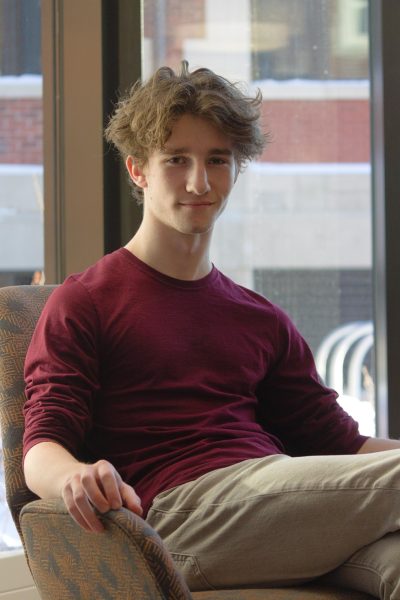
Takei and Conrod-Wovcha had been randomly assigned as suitemates for Renfrow Hall. “I guess it’s indicative that ResLife [Residence Life] did a good job of pairing people,” said Conrod-Wovcha.
The Grinnell Marriage Pact received 964 submissions this year, and while it promised a match for every participant, this promise was not fulfilled for everyone. In an email to participants, the Marriage Pact said that it had 86 more men than women in its heterosexual matching pool. While many of these students were matched with other heterosexual men as “friend matches”, Sebastian Corry `28 was the only student who did not get a match.
“I signed up rather late,” said Corry. “My girlfriend and I were hanging out with some friends, they went, ‘Oh, hey, well, we should fill it out for fun, see if something funny happens,’” said Corry.
“I’ve been joking about the 83 unmatchable straight men for a couple days now, and it was like, ‘Oh, I guess I’m the unmatchable straight man,” said Corry.
These stories are a fraction of the varied results produced by the Grinnell Marriage Pact. Whether students find romantic partners or get funny stories to share out of the project, it brings conversation to any college where it is held, and Grinnell is no different.
